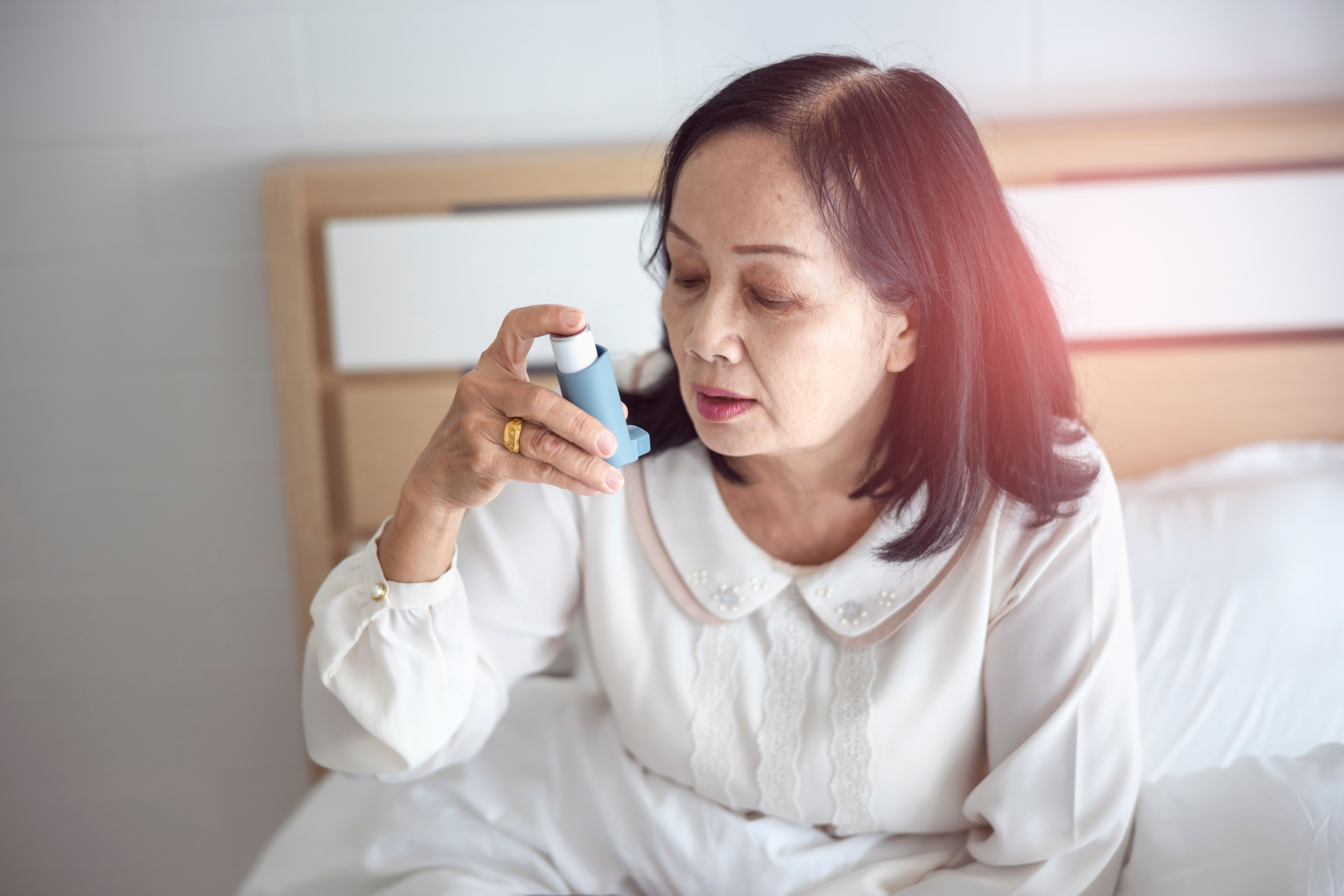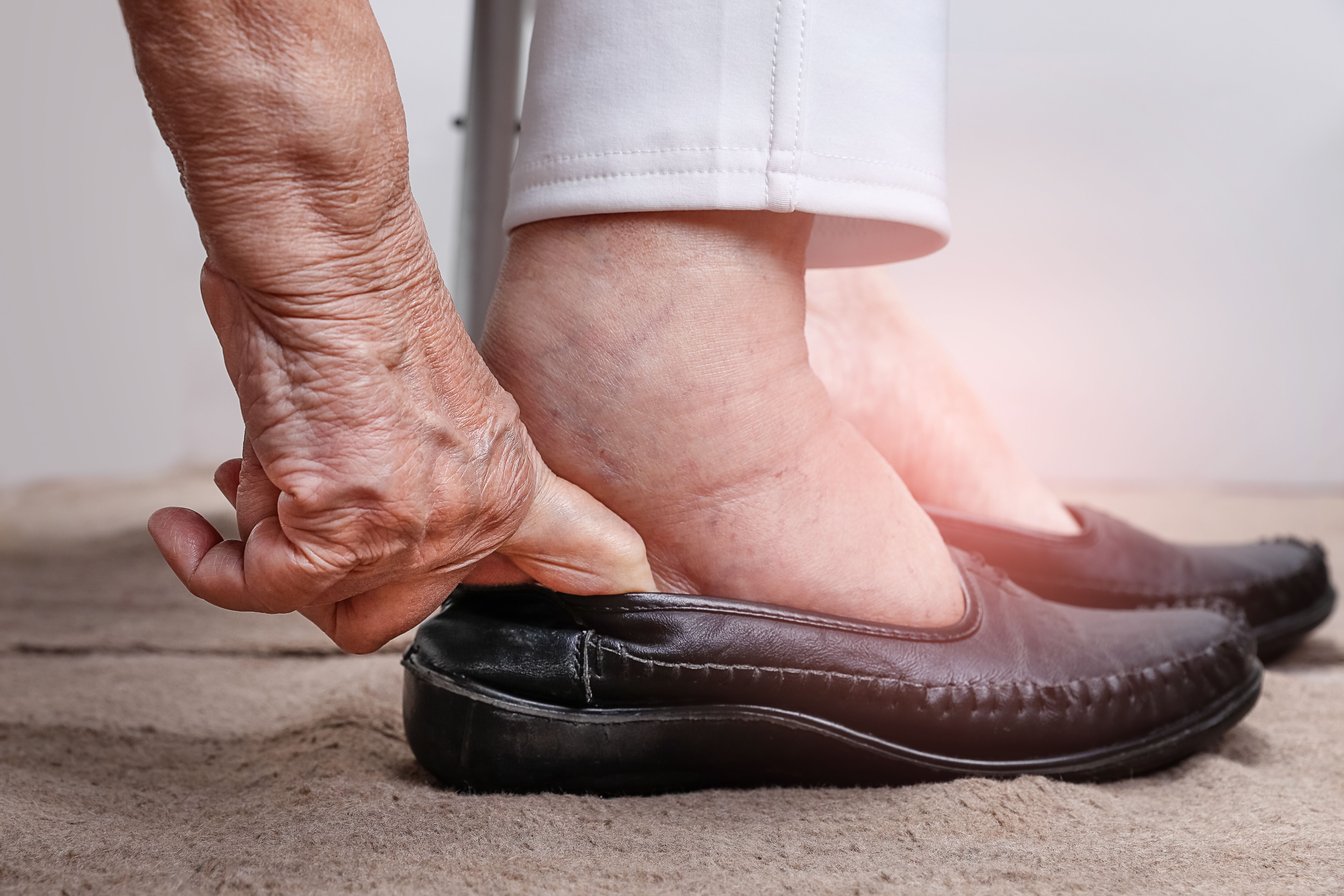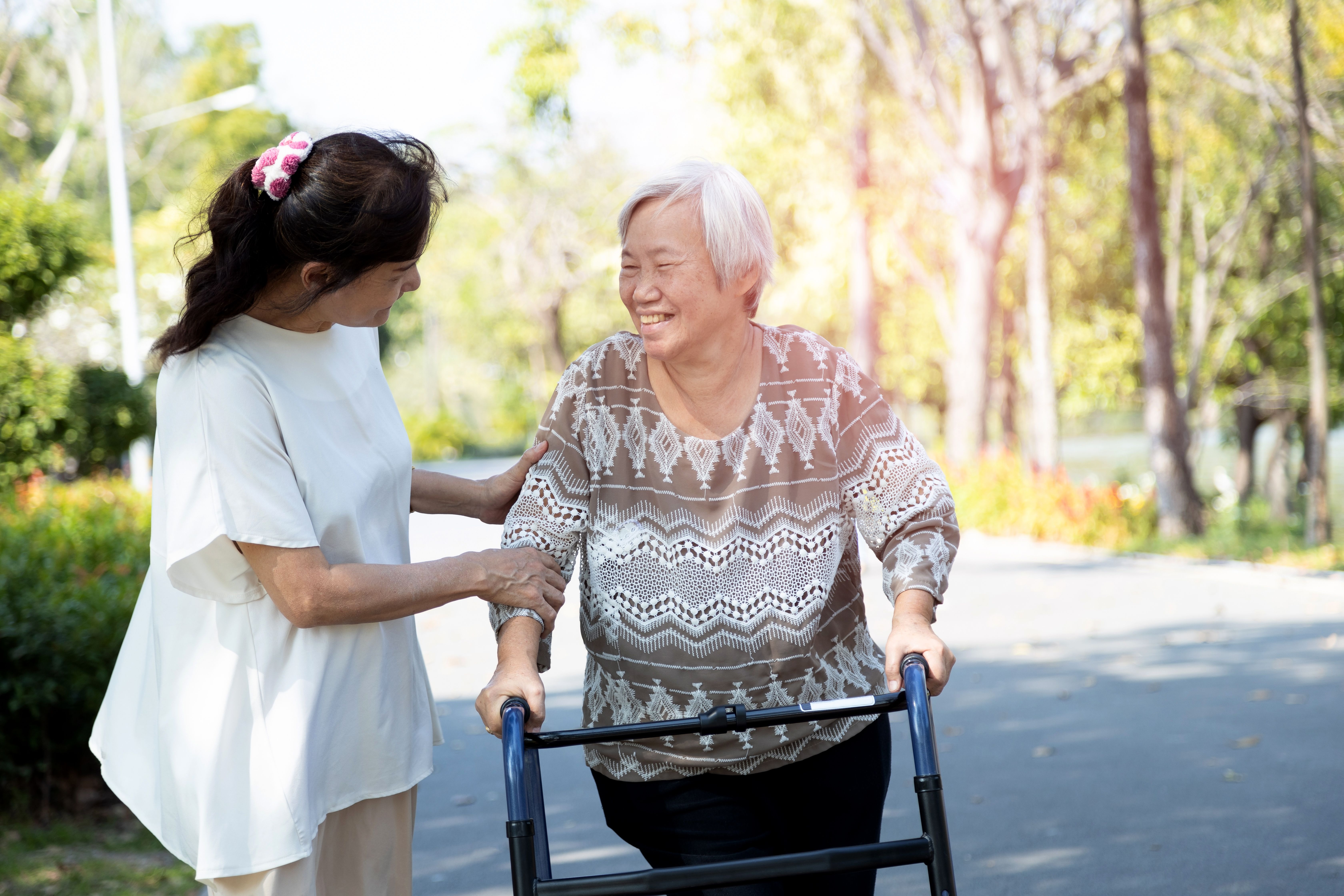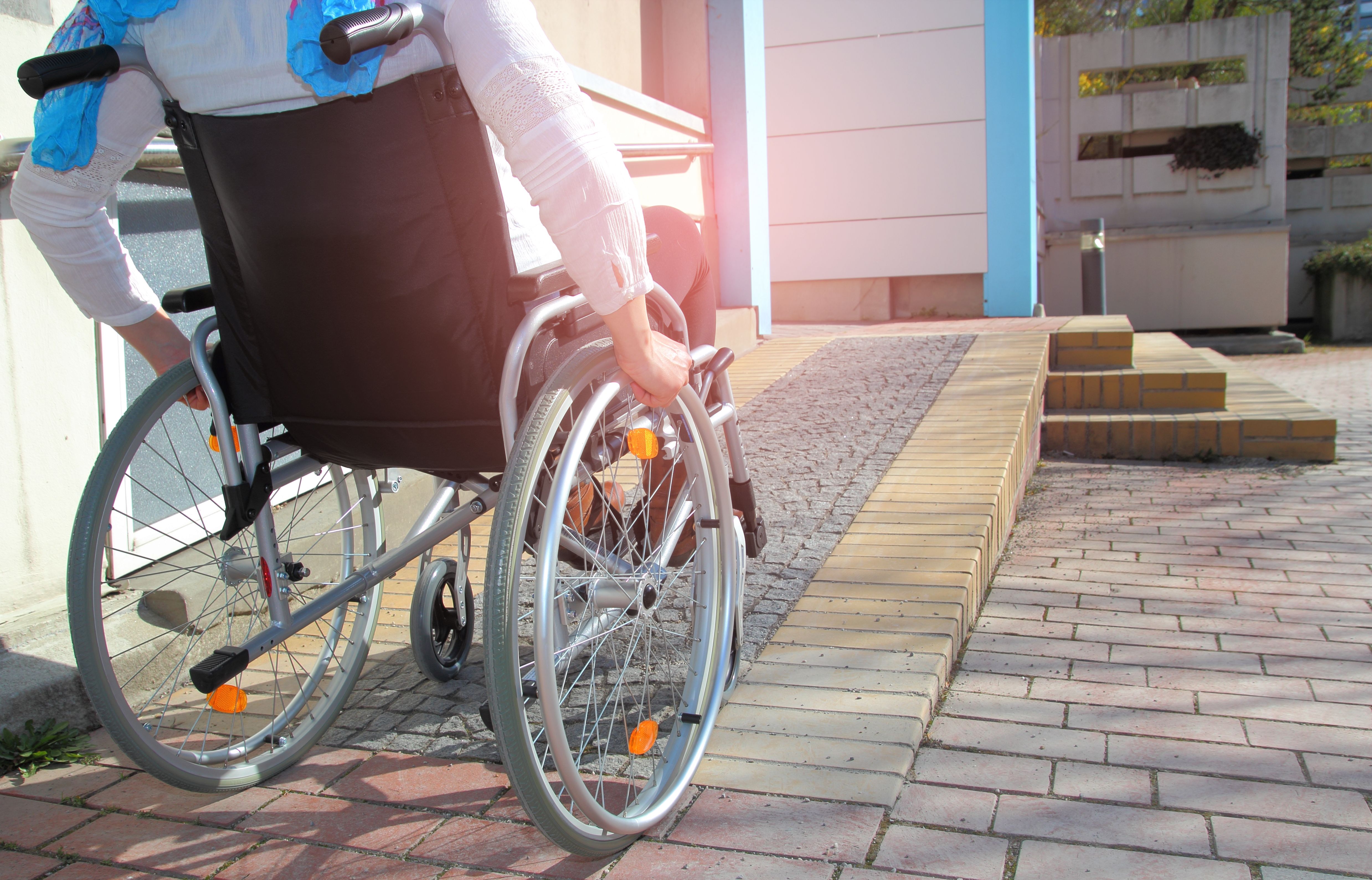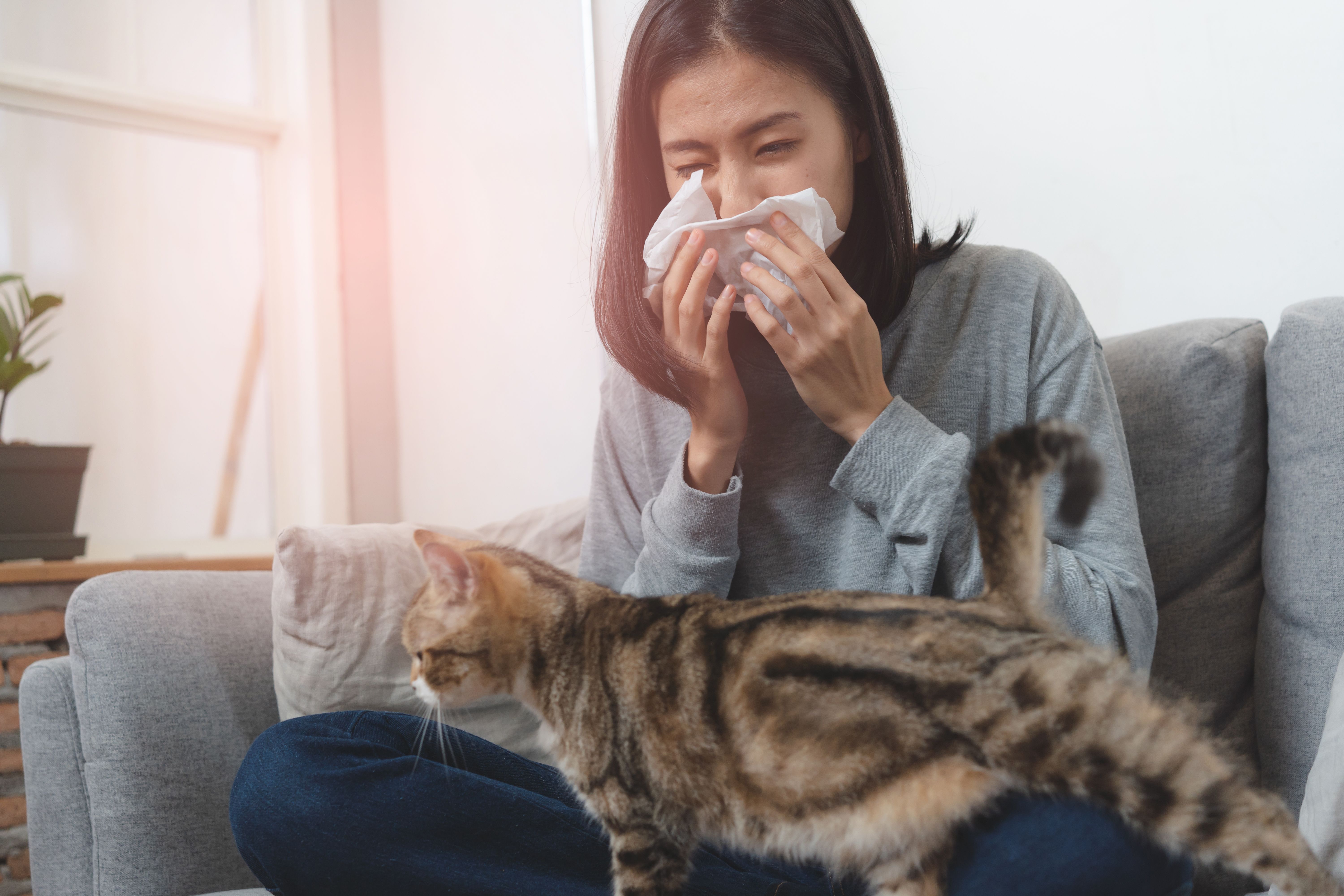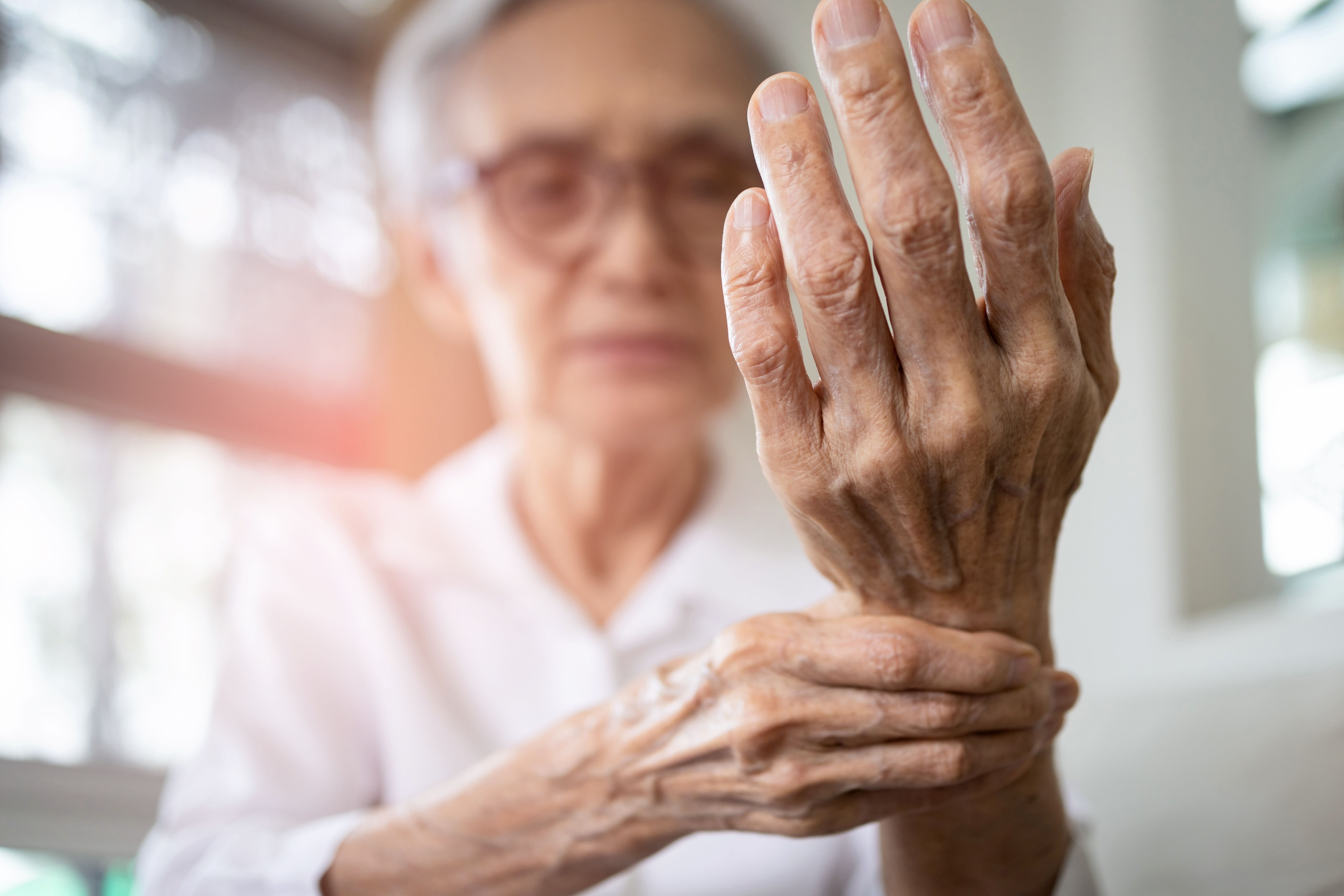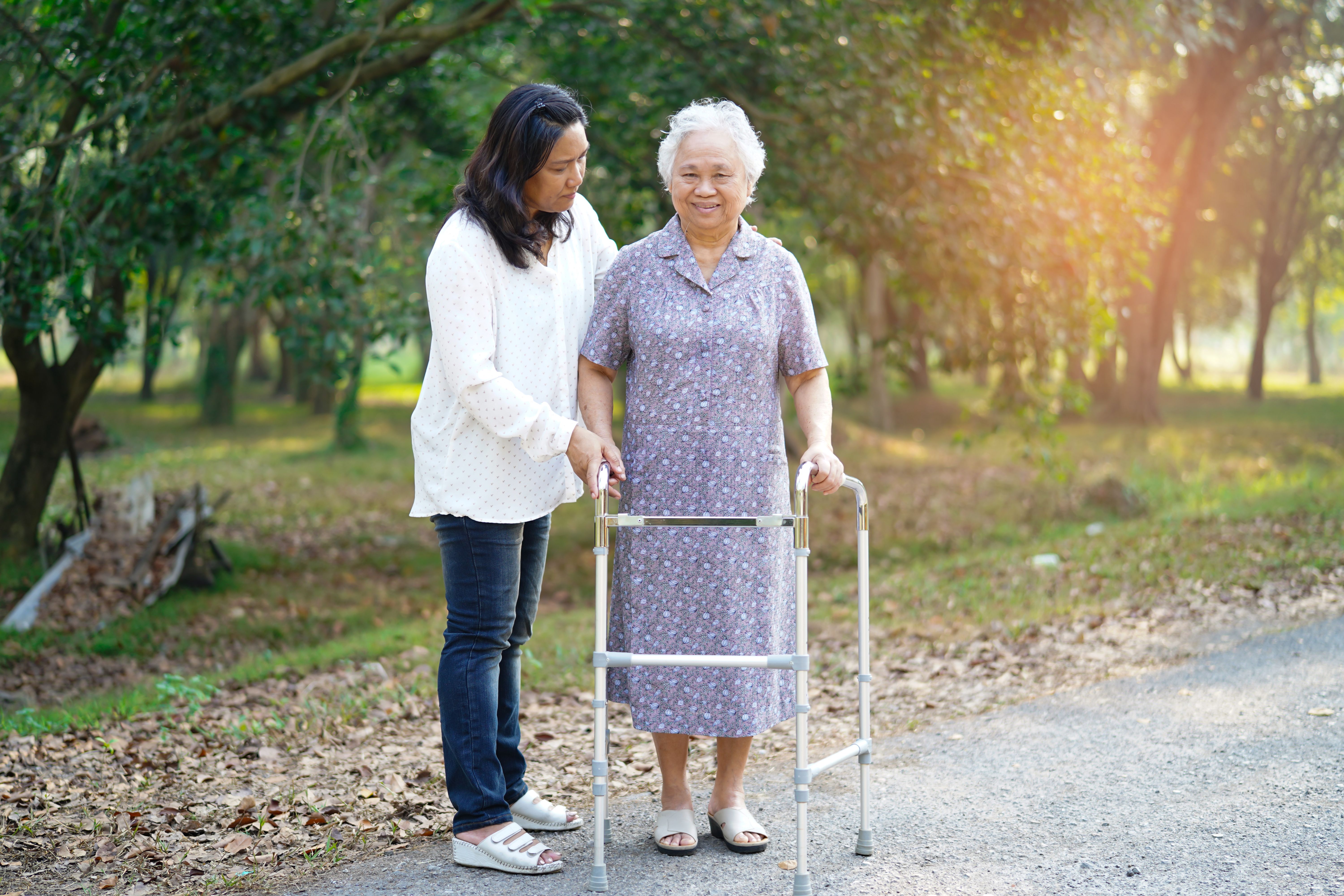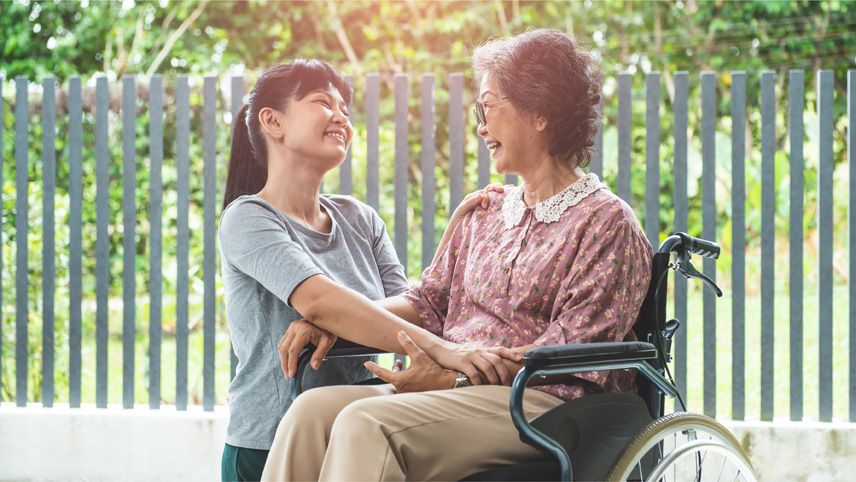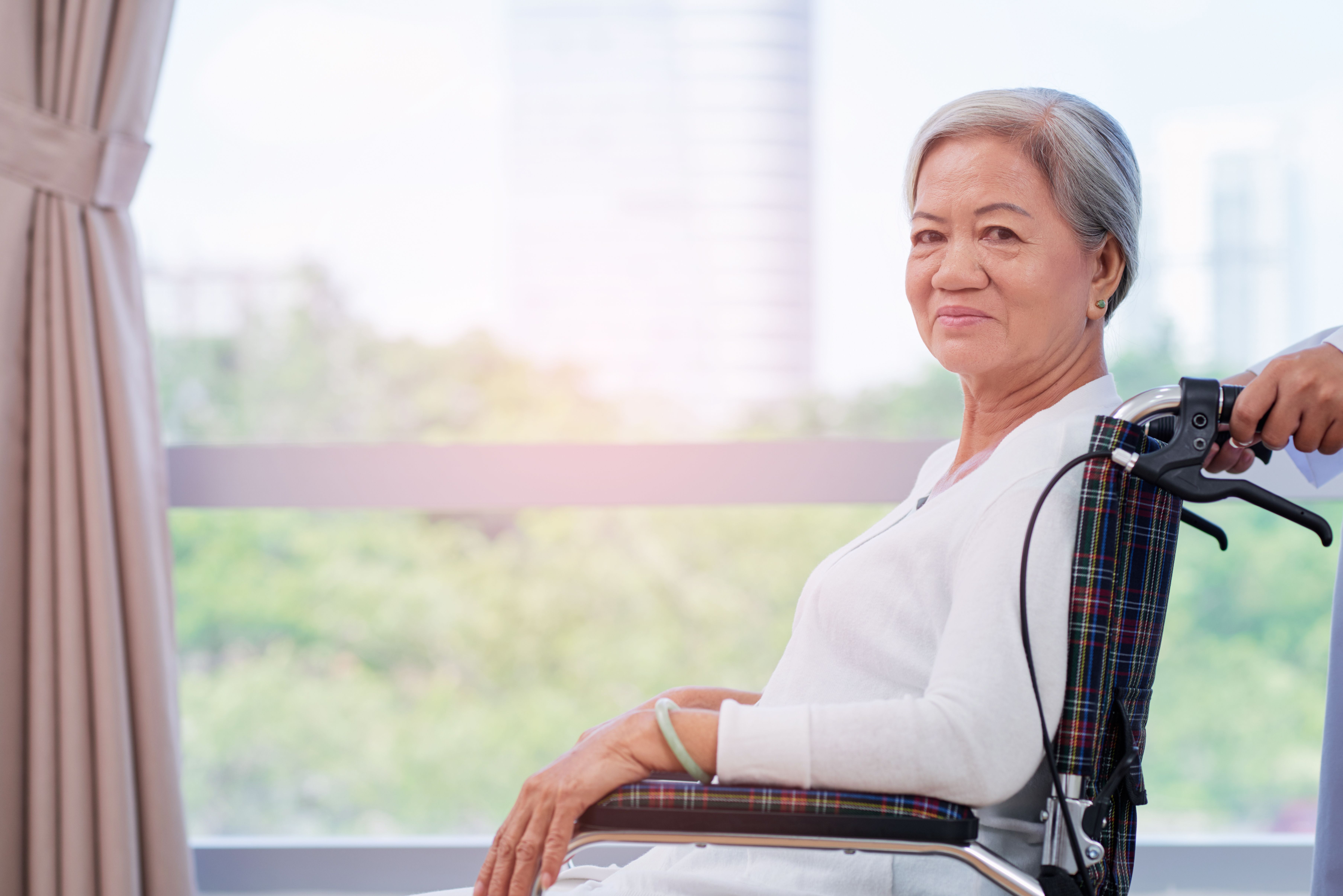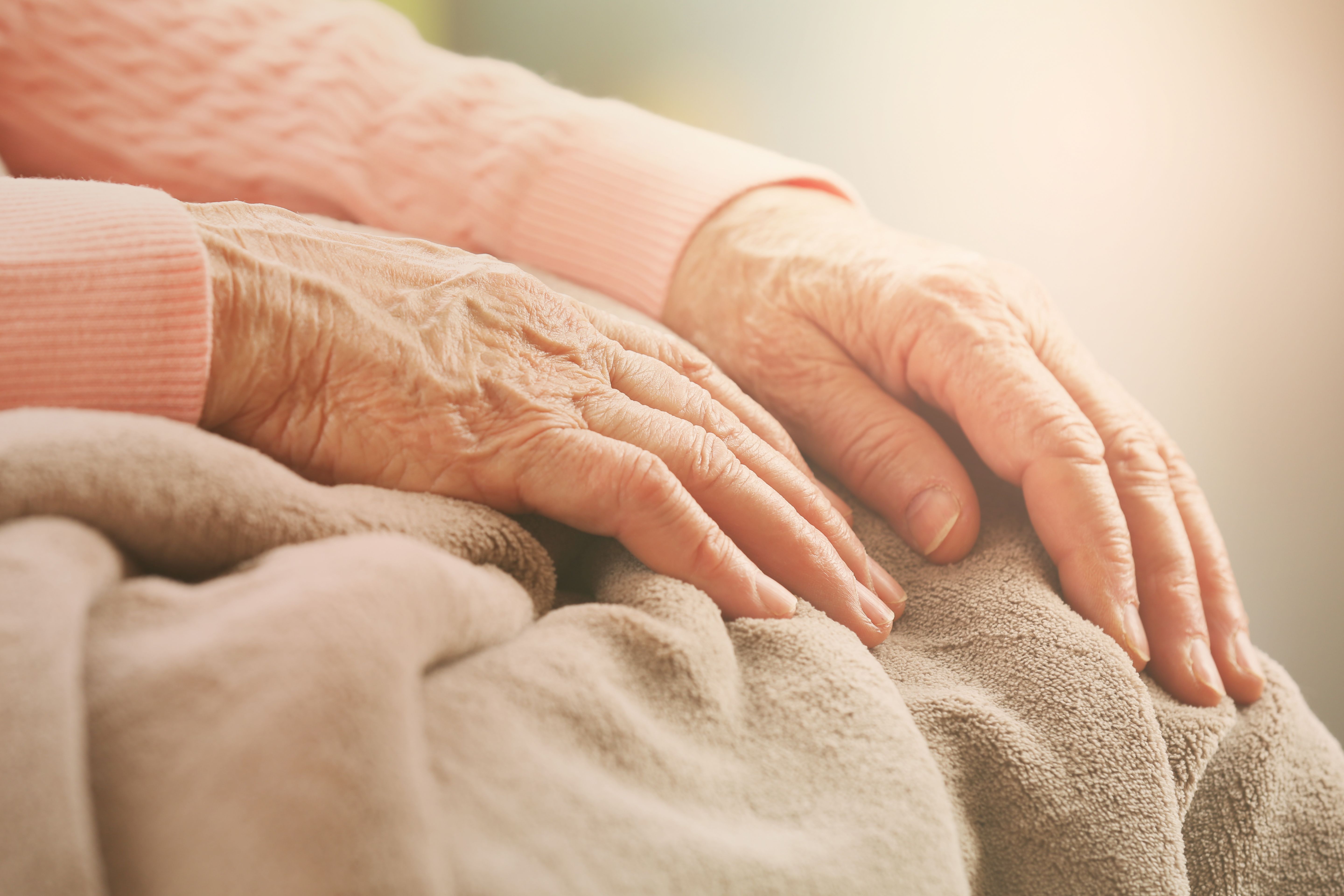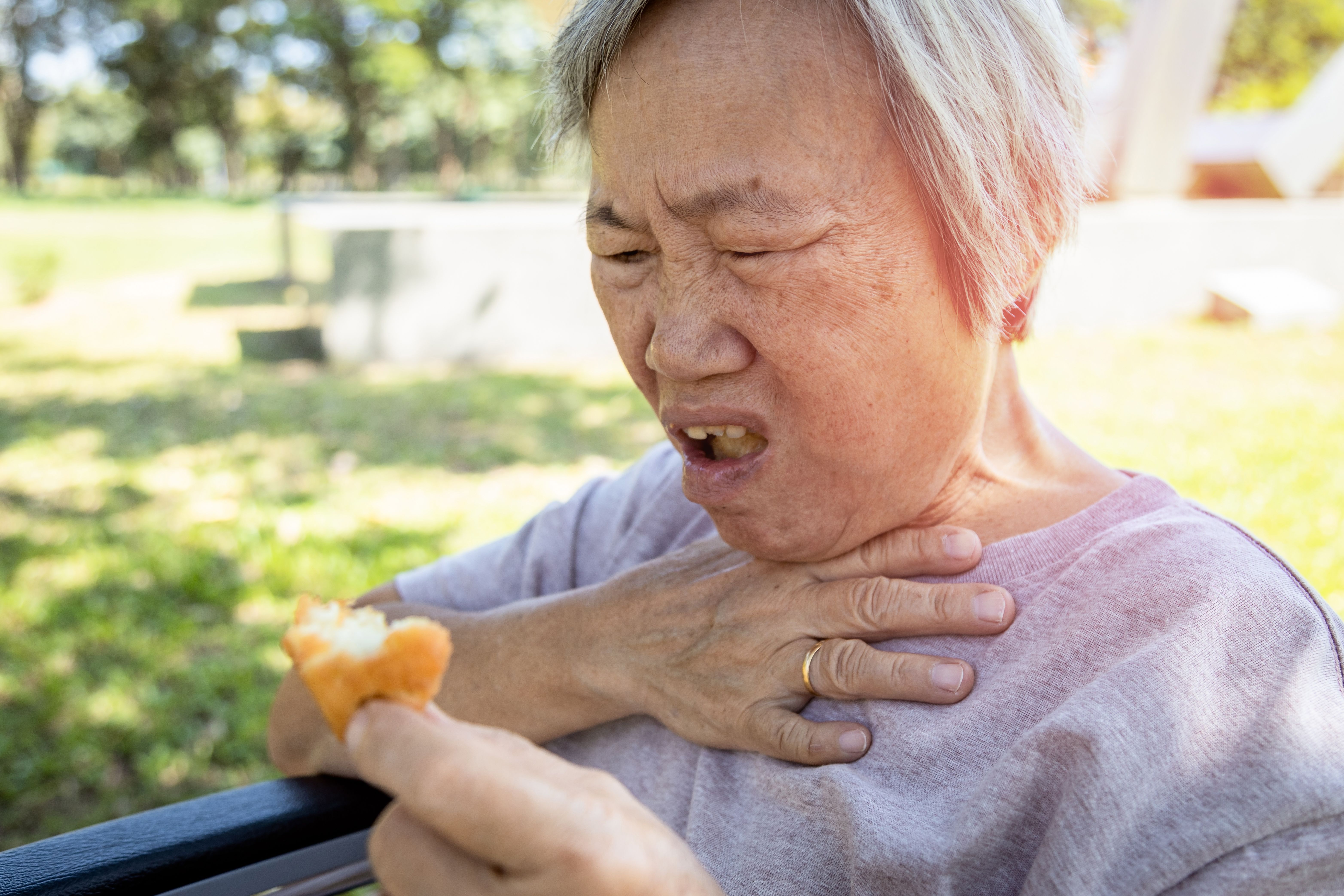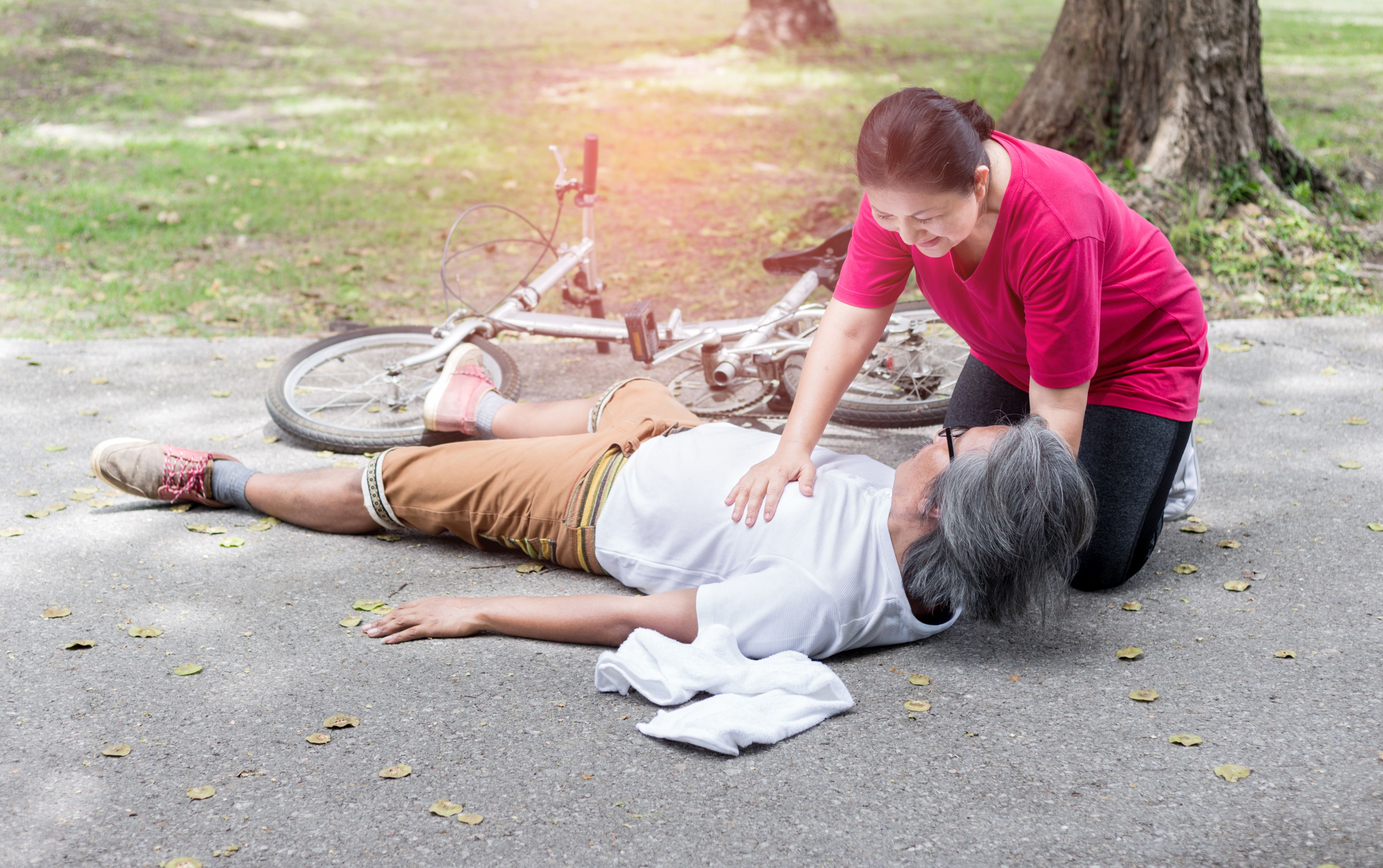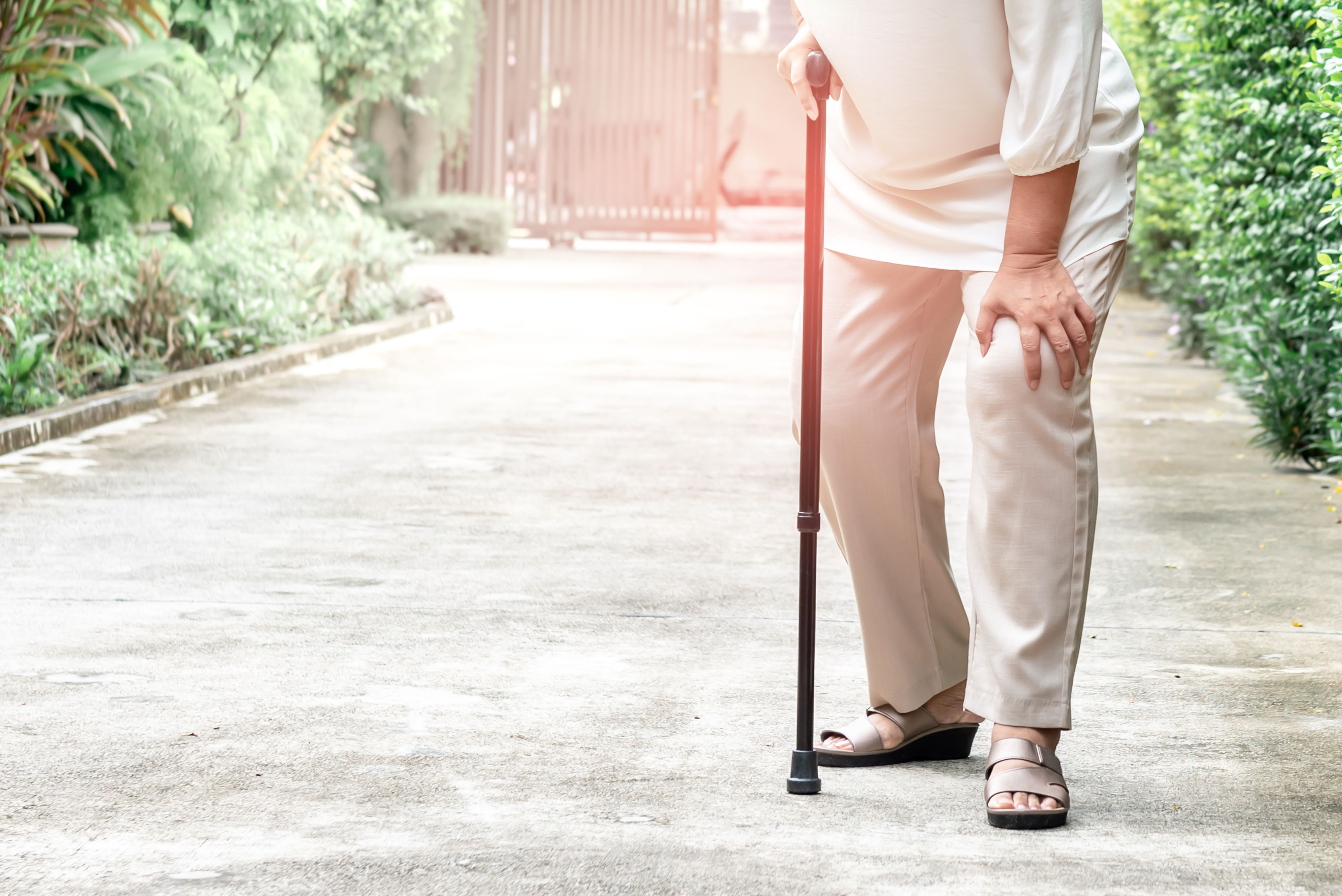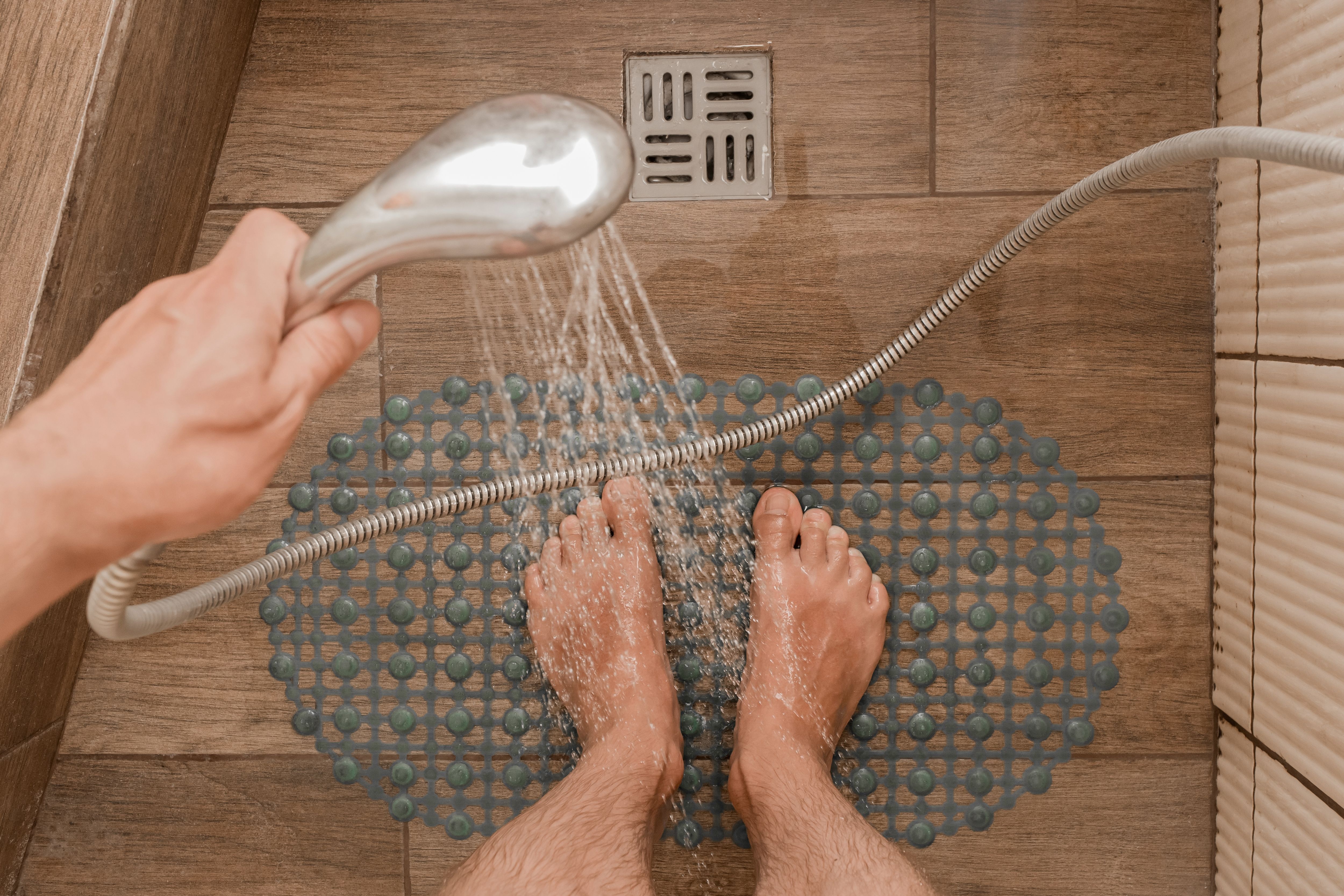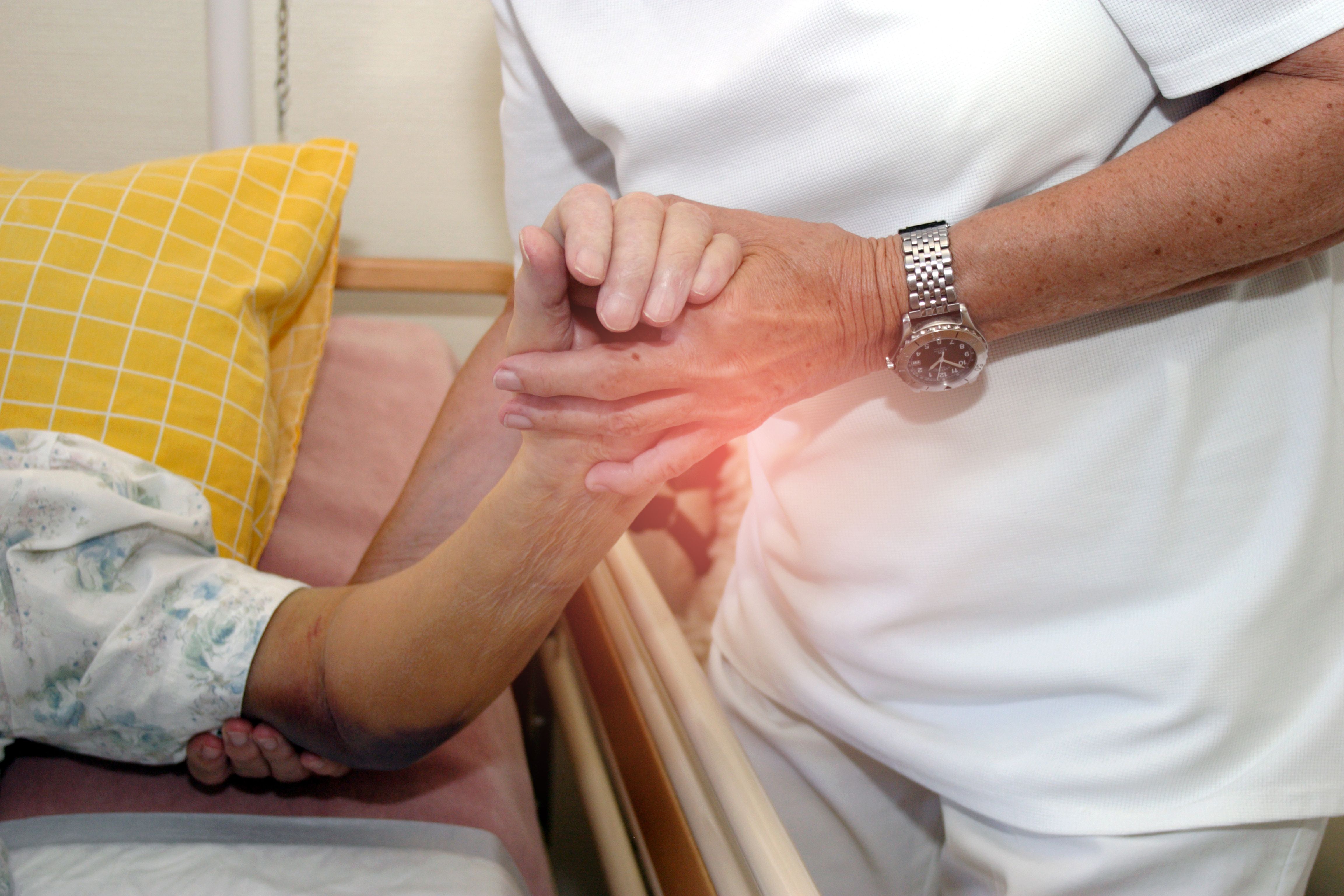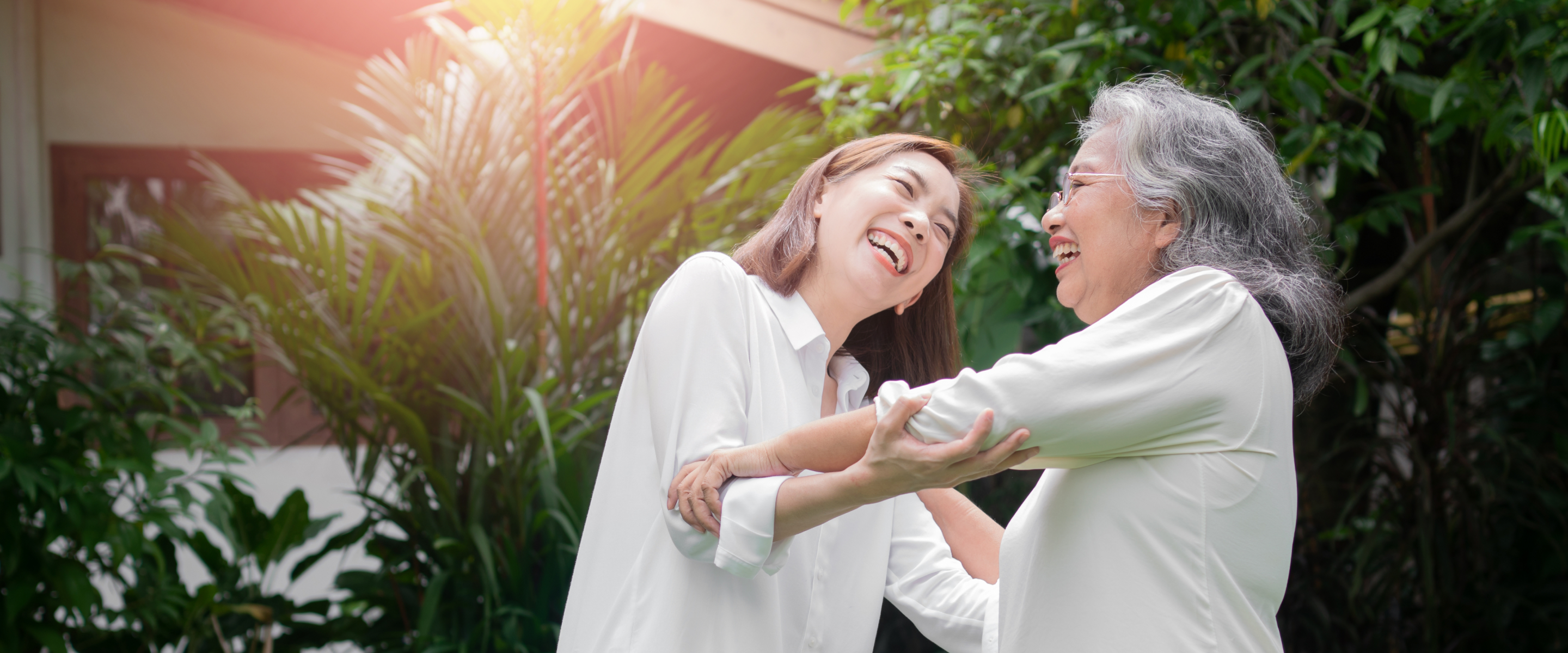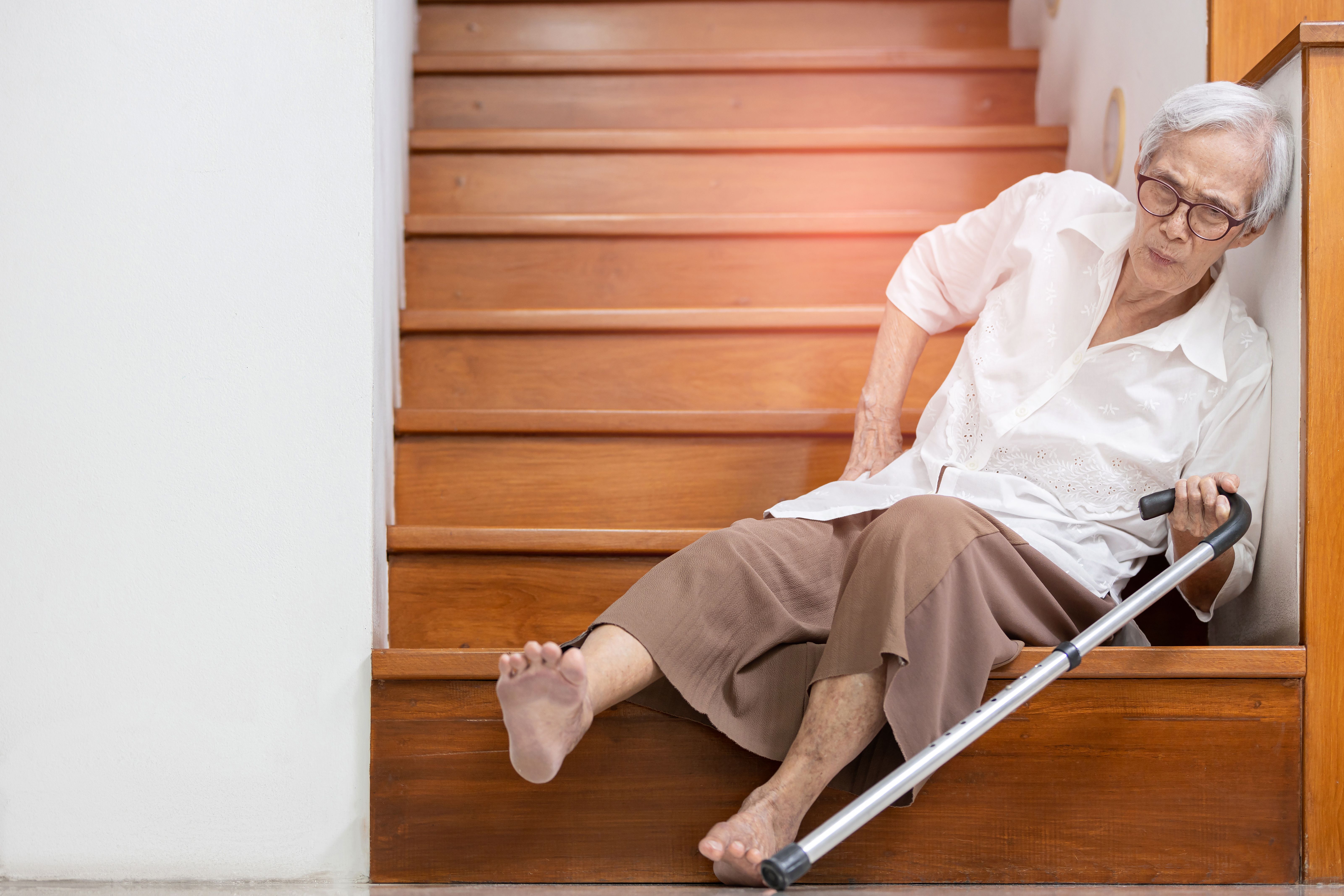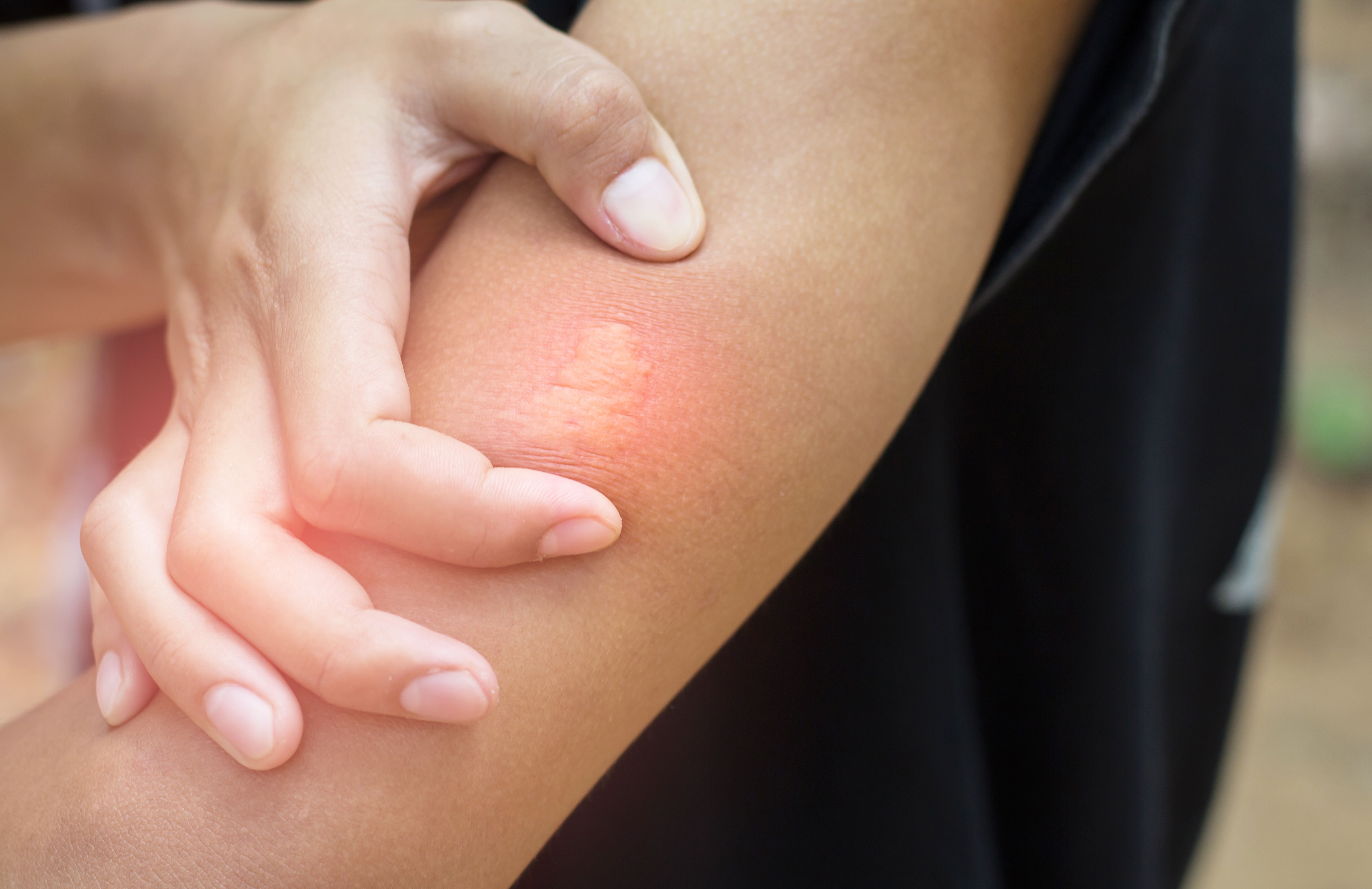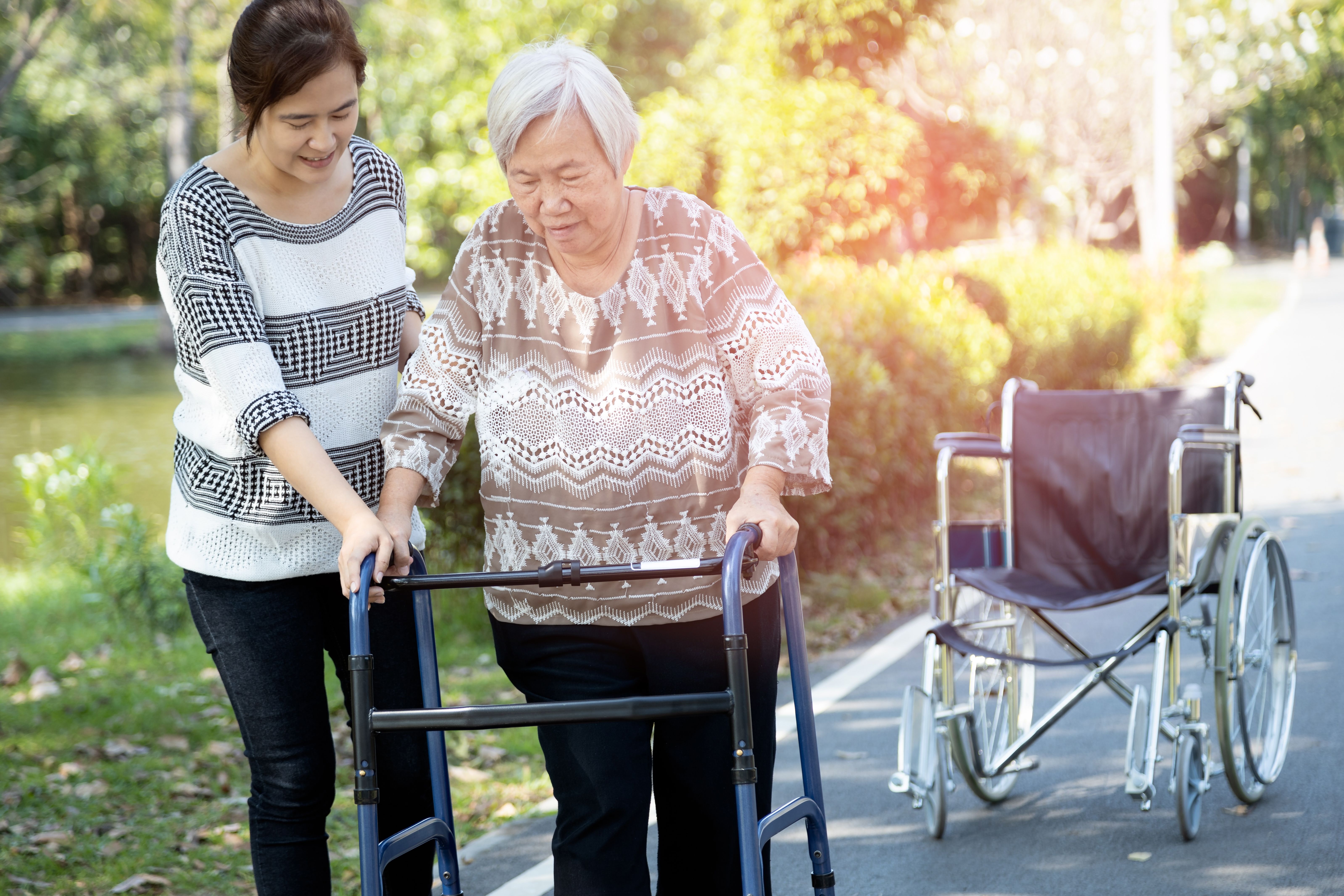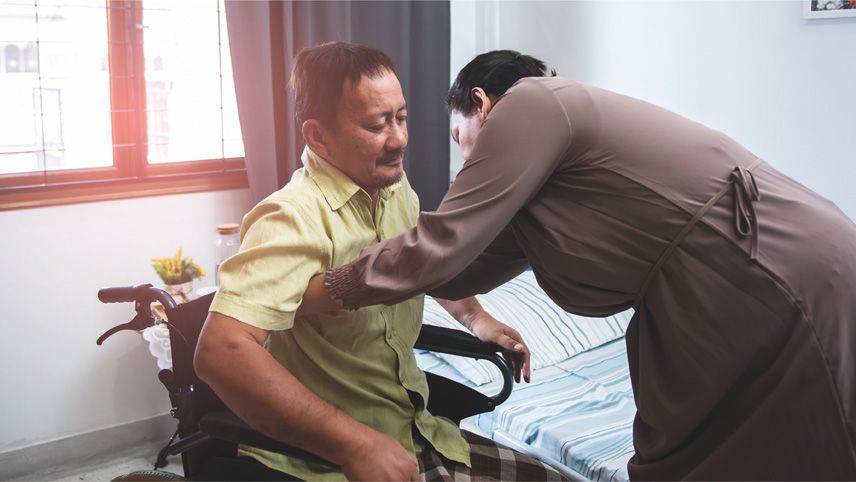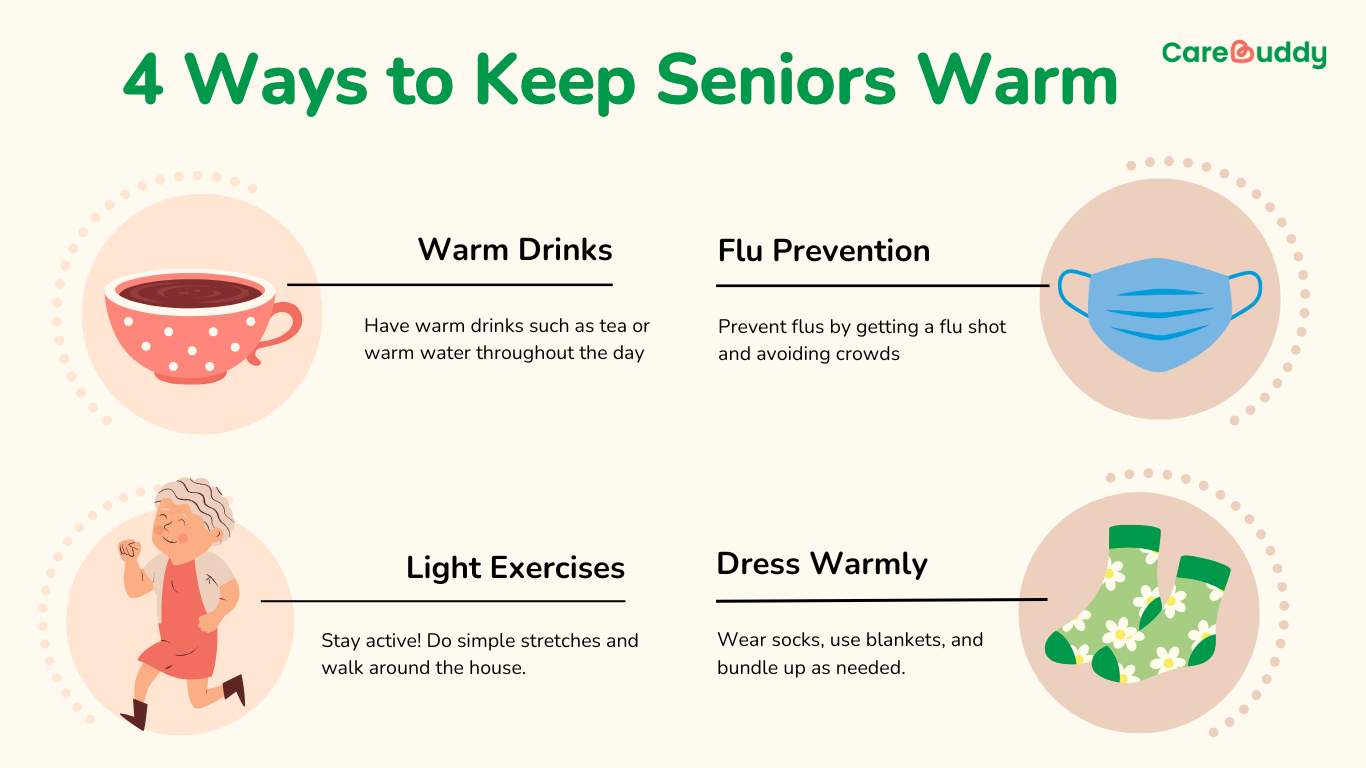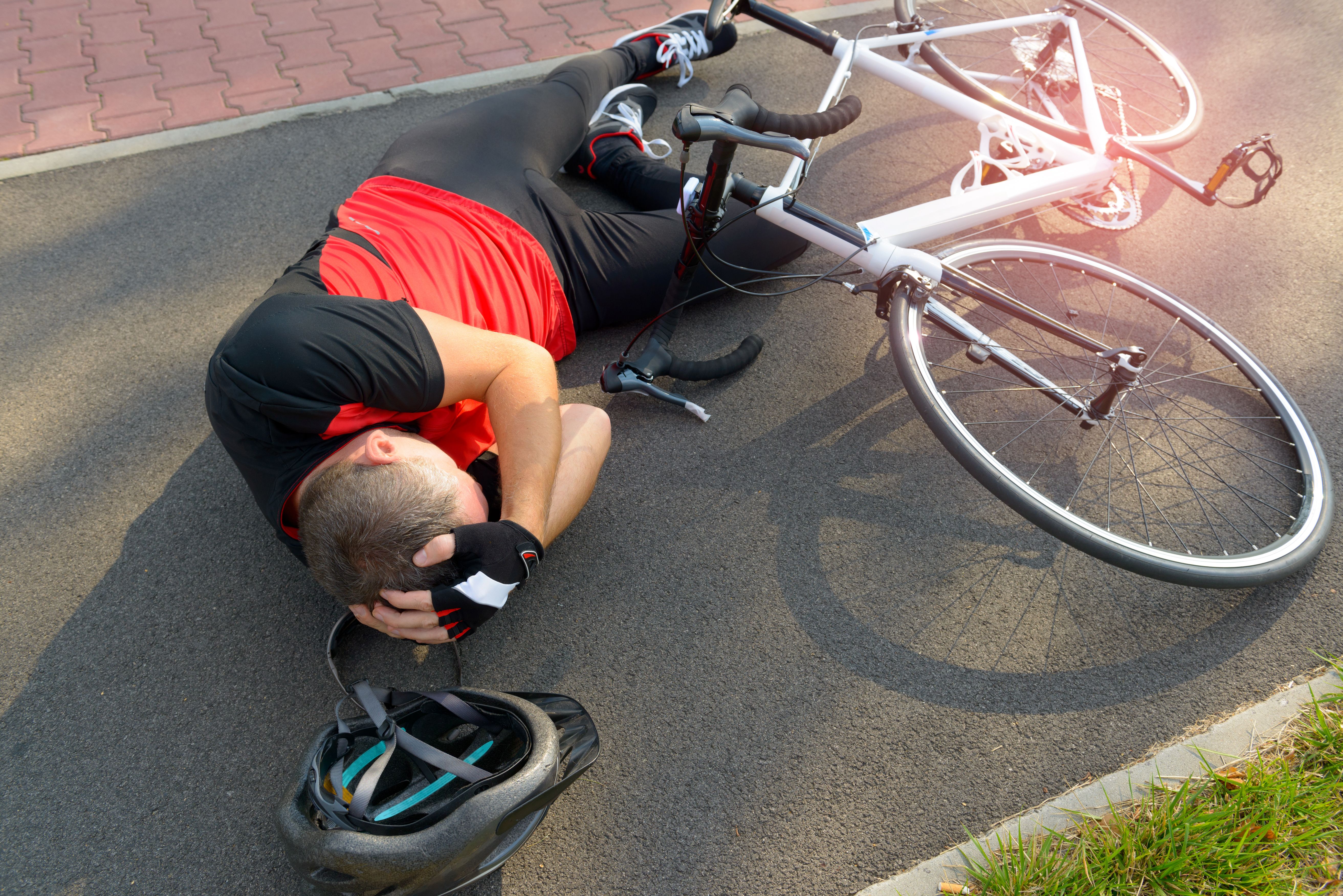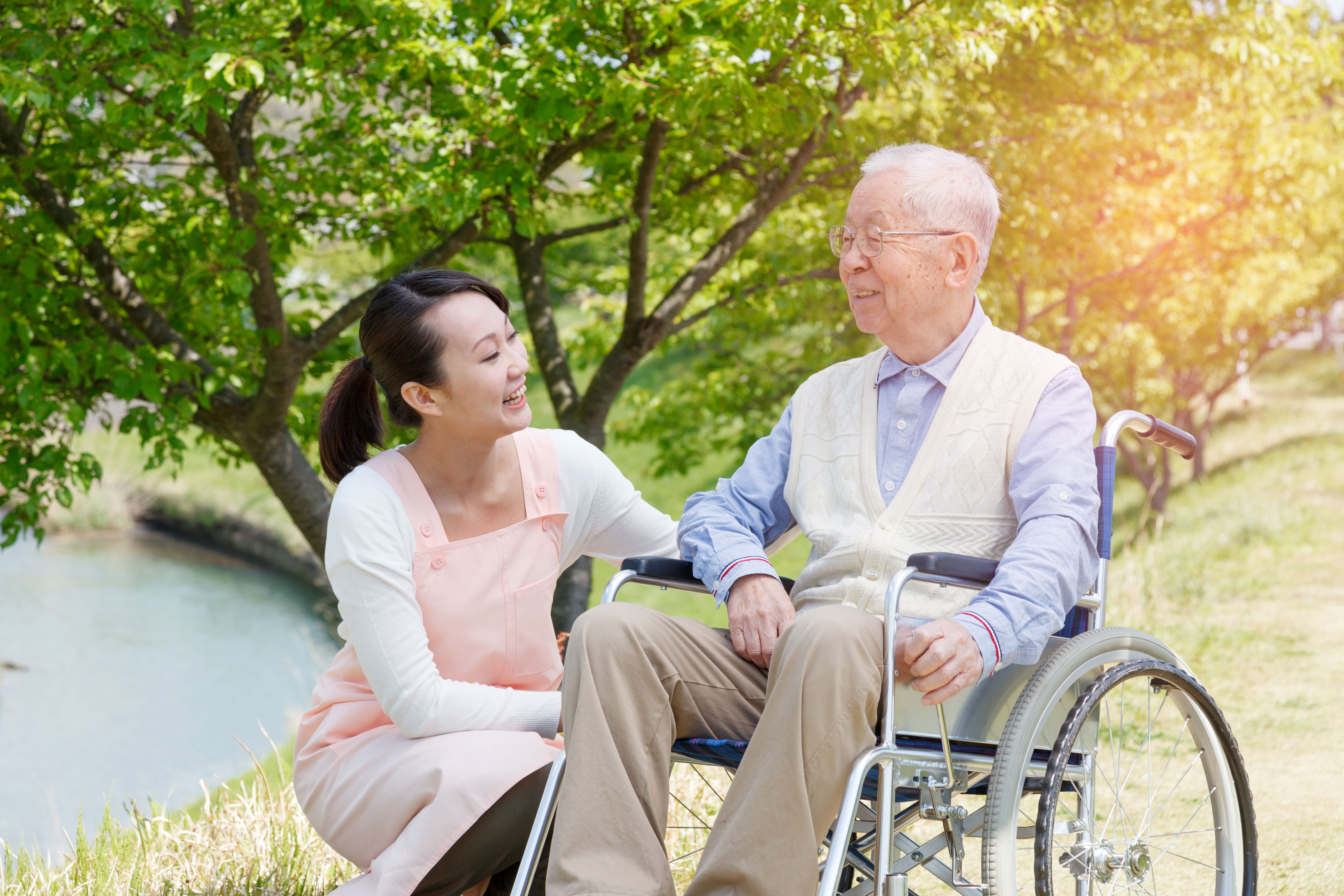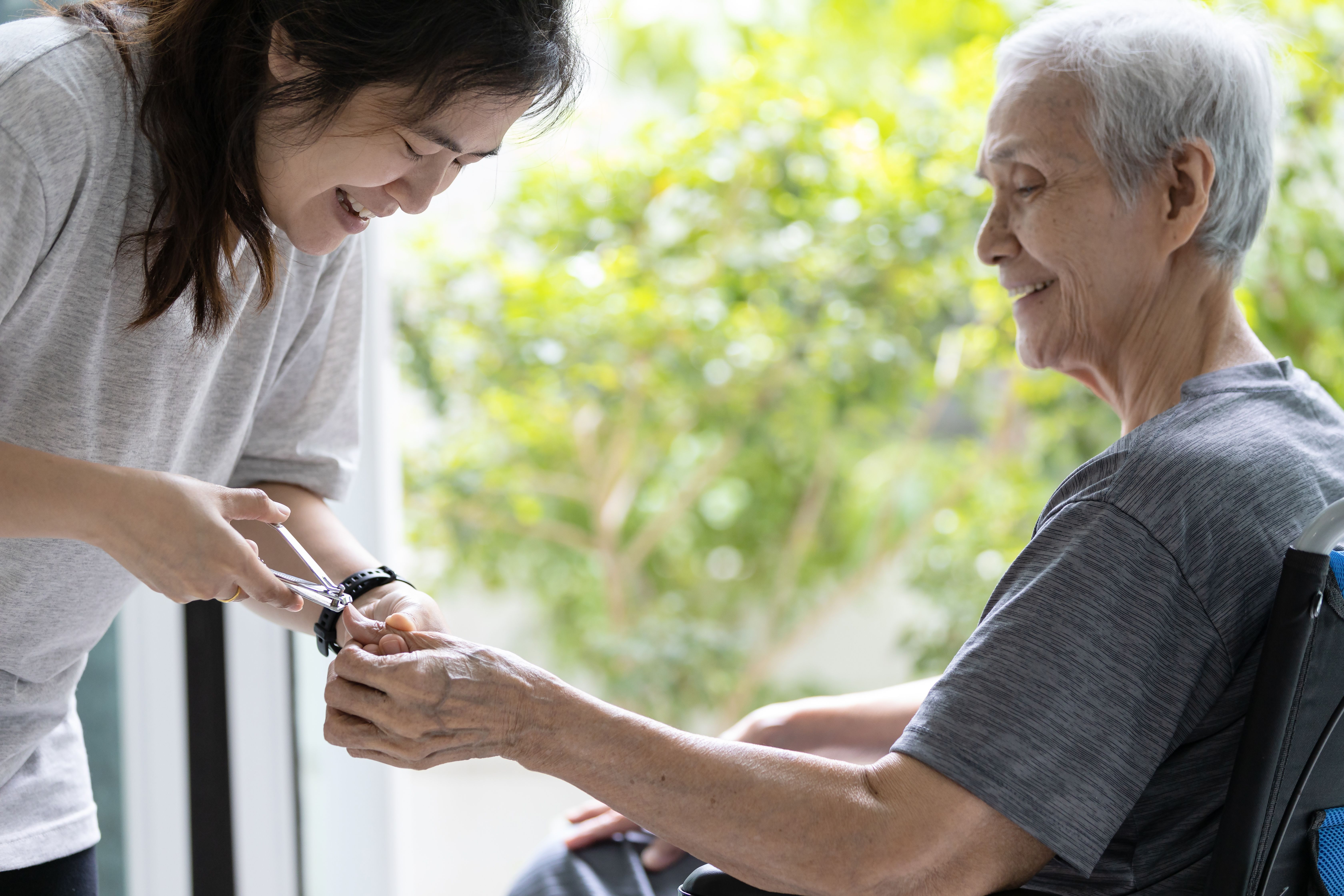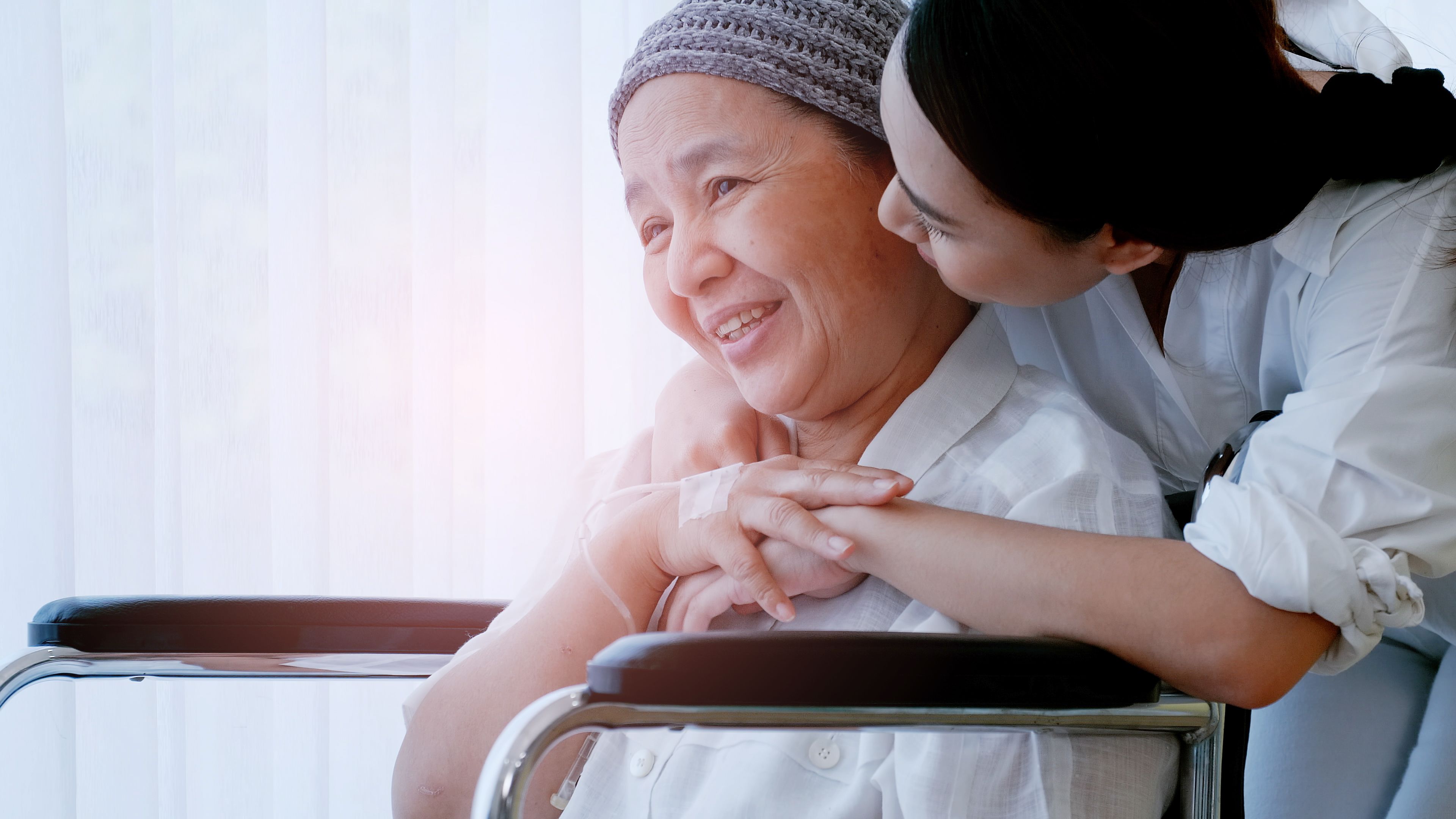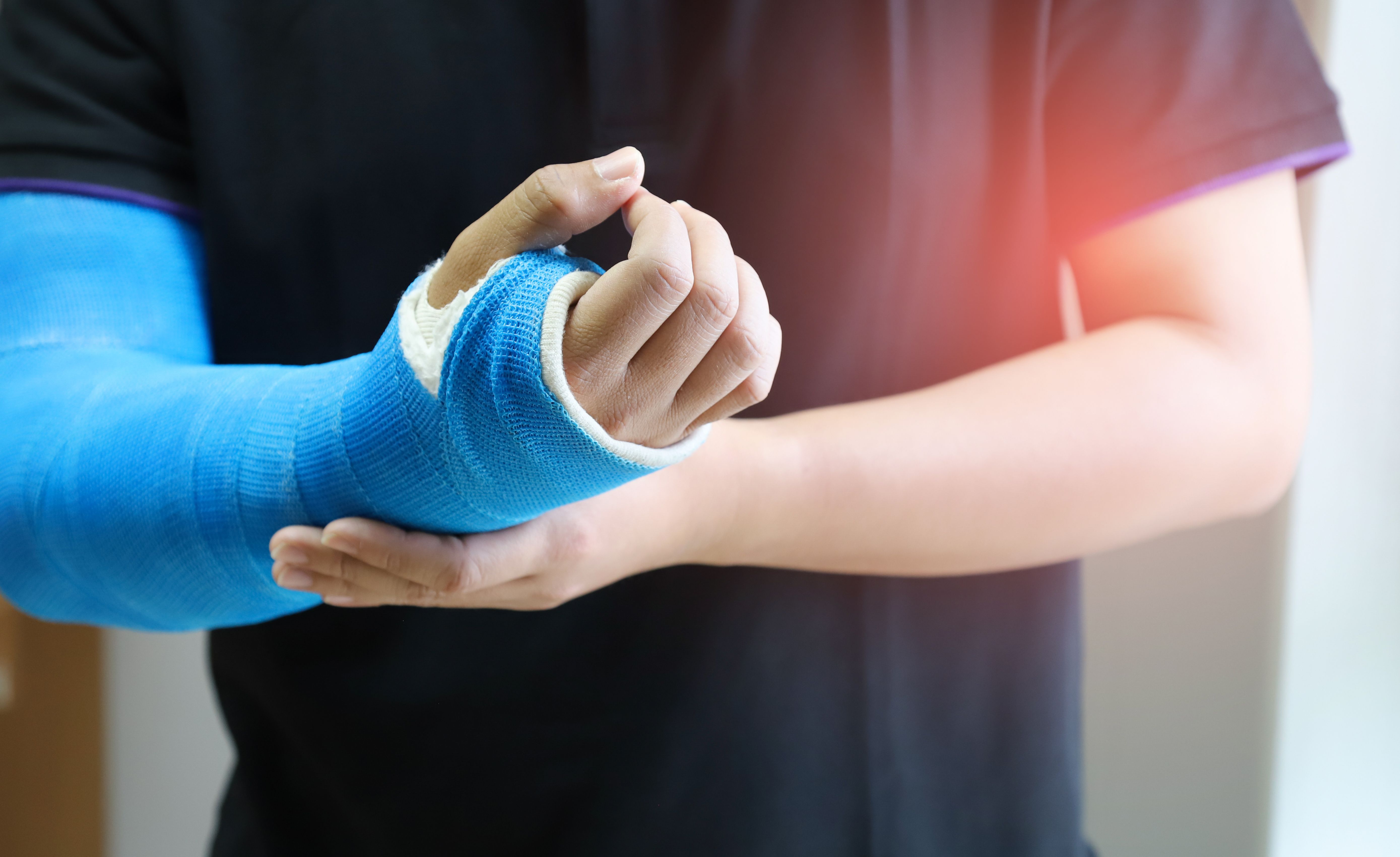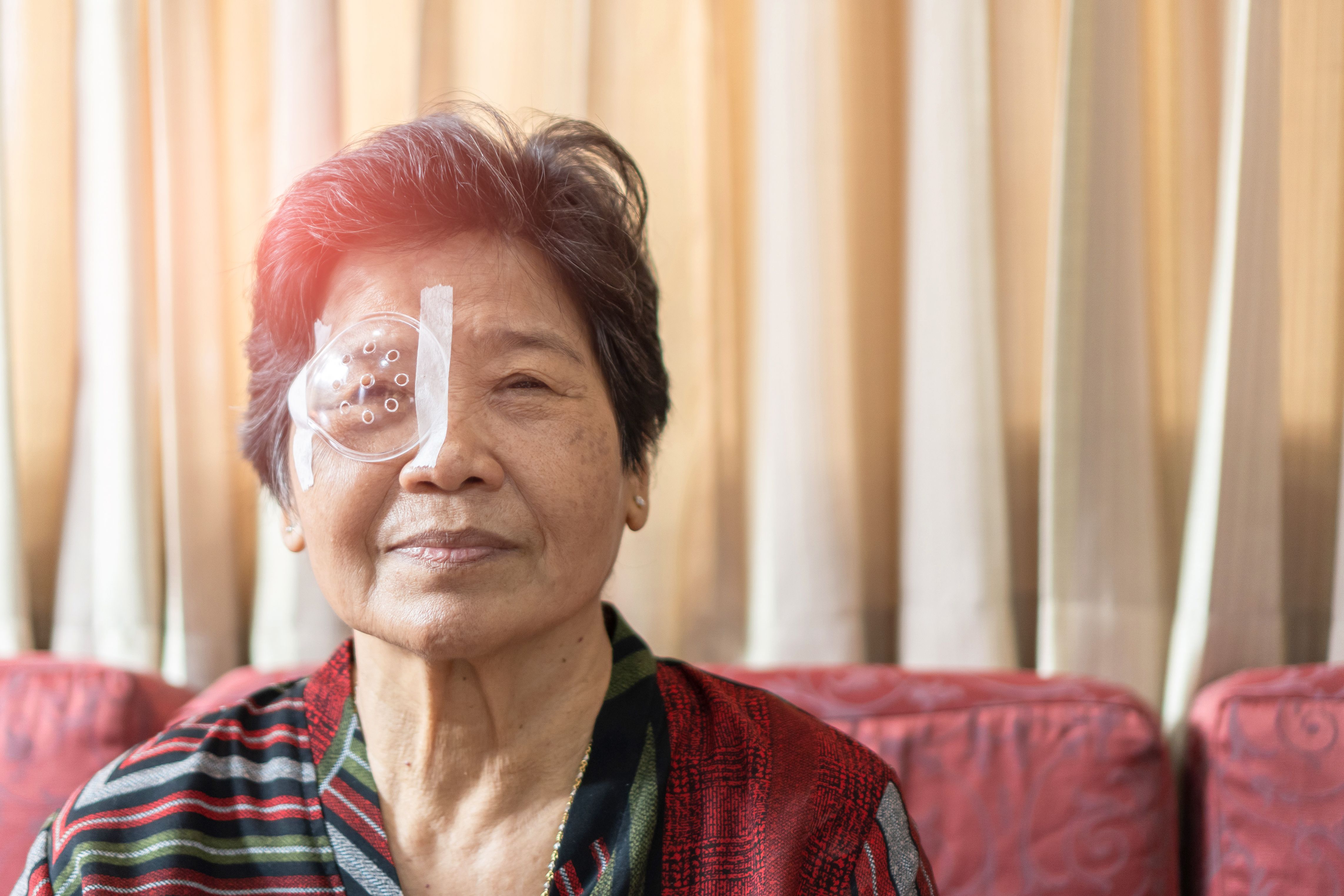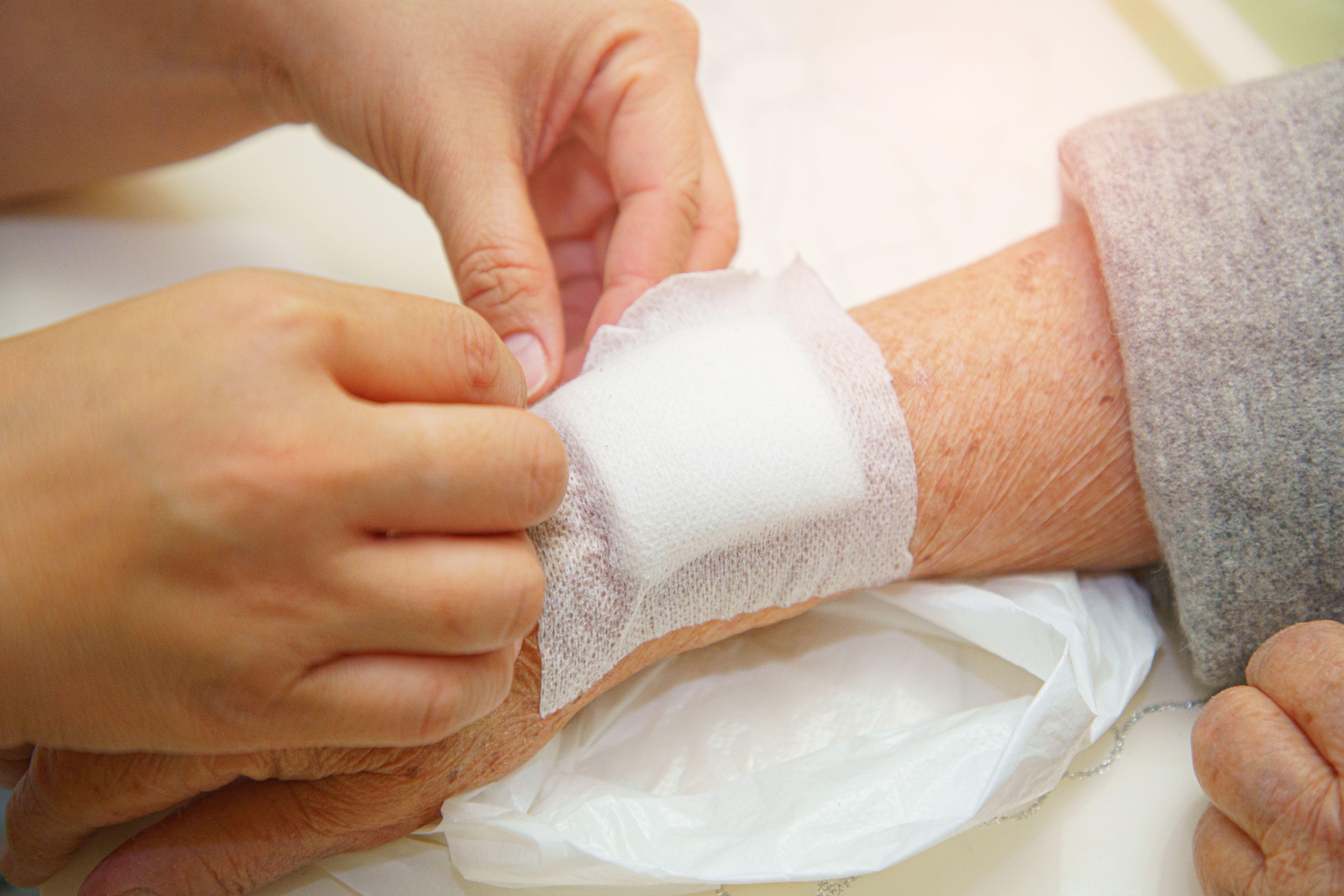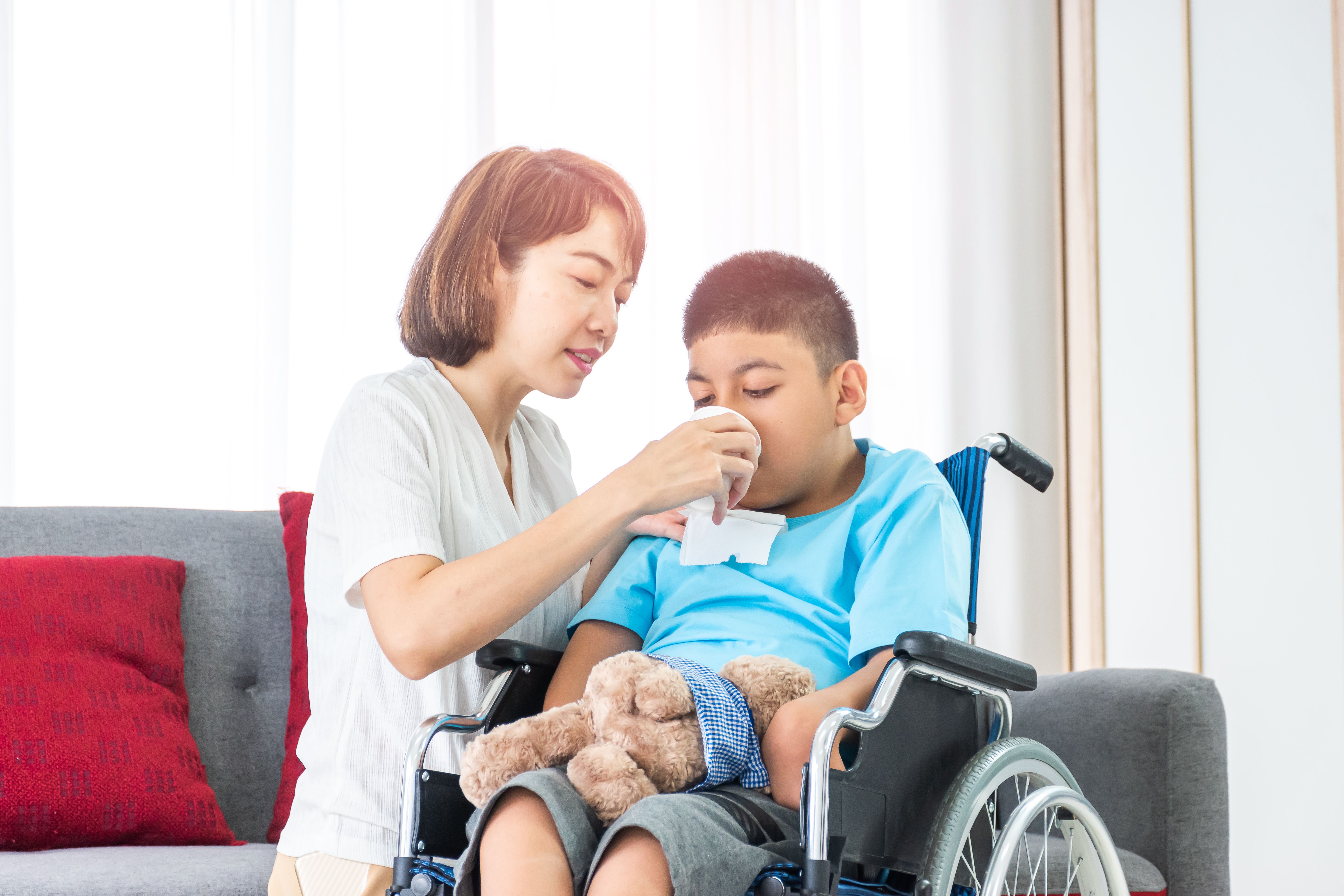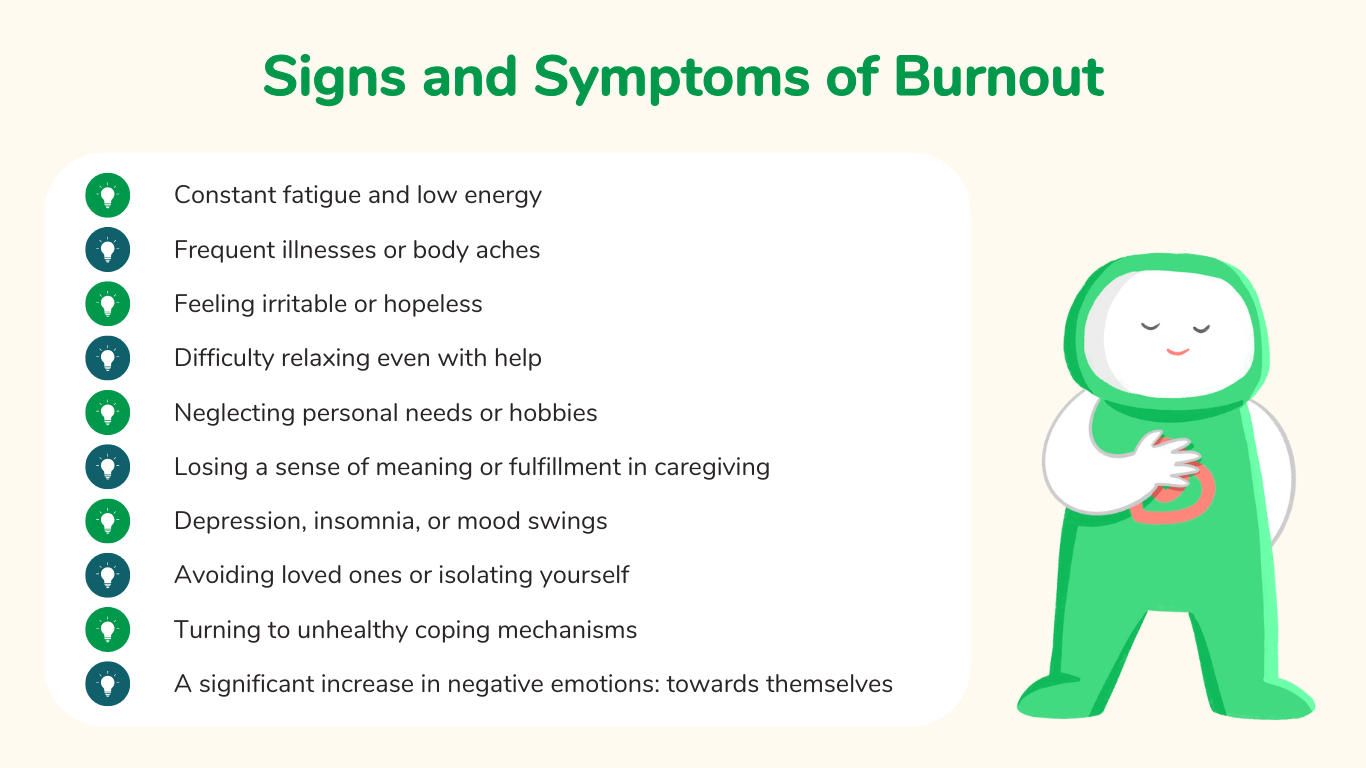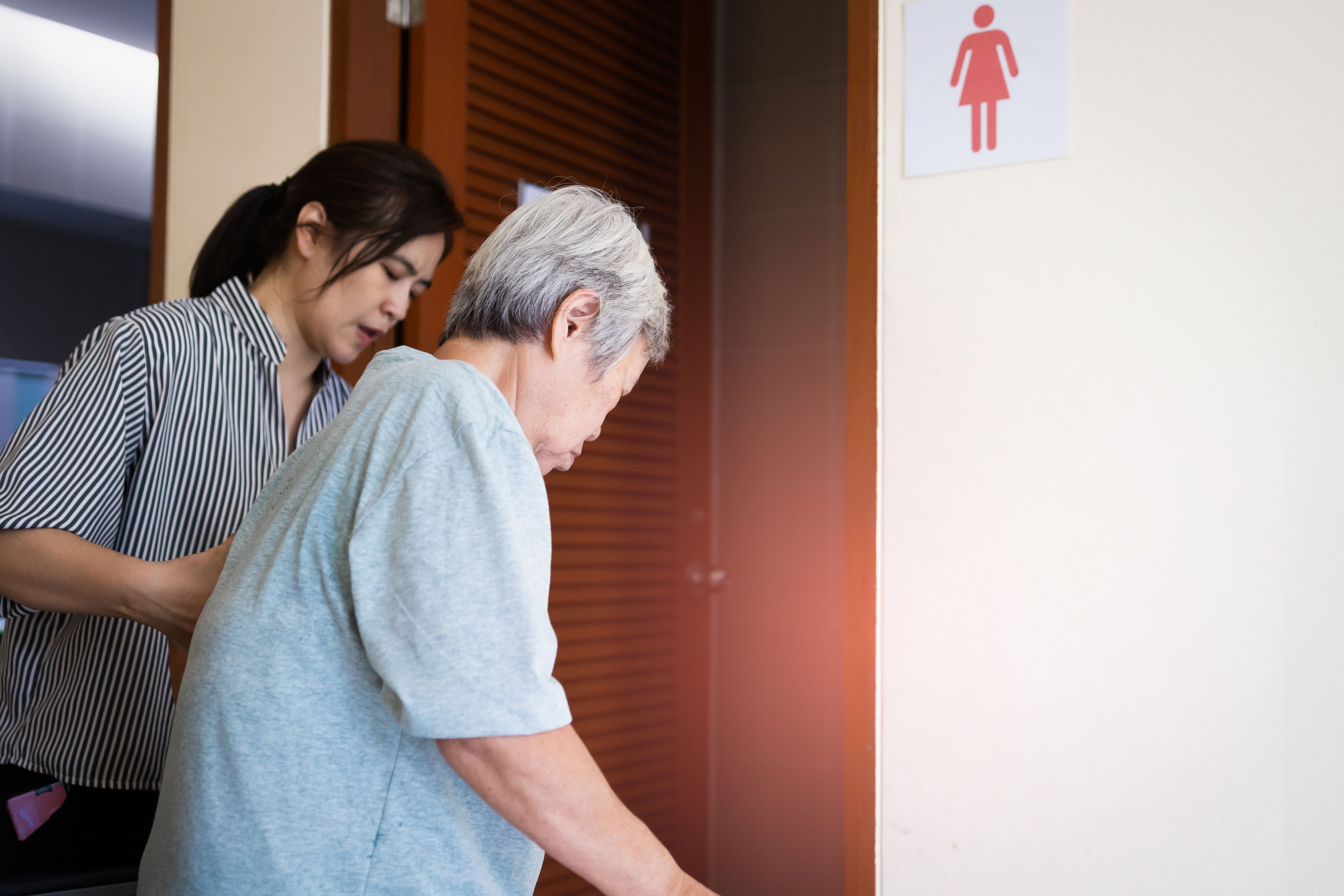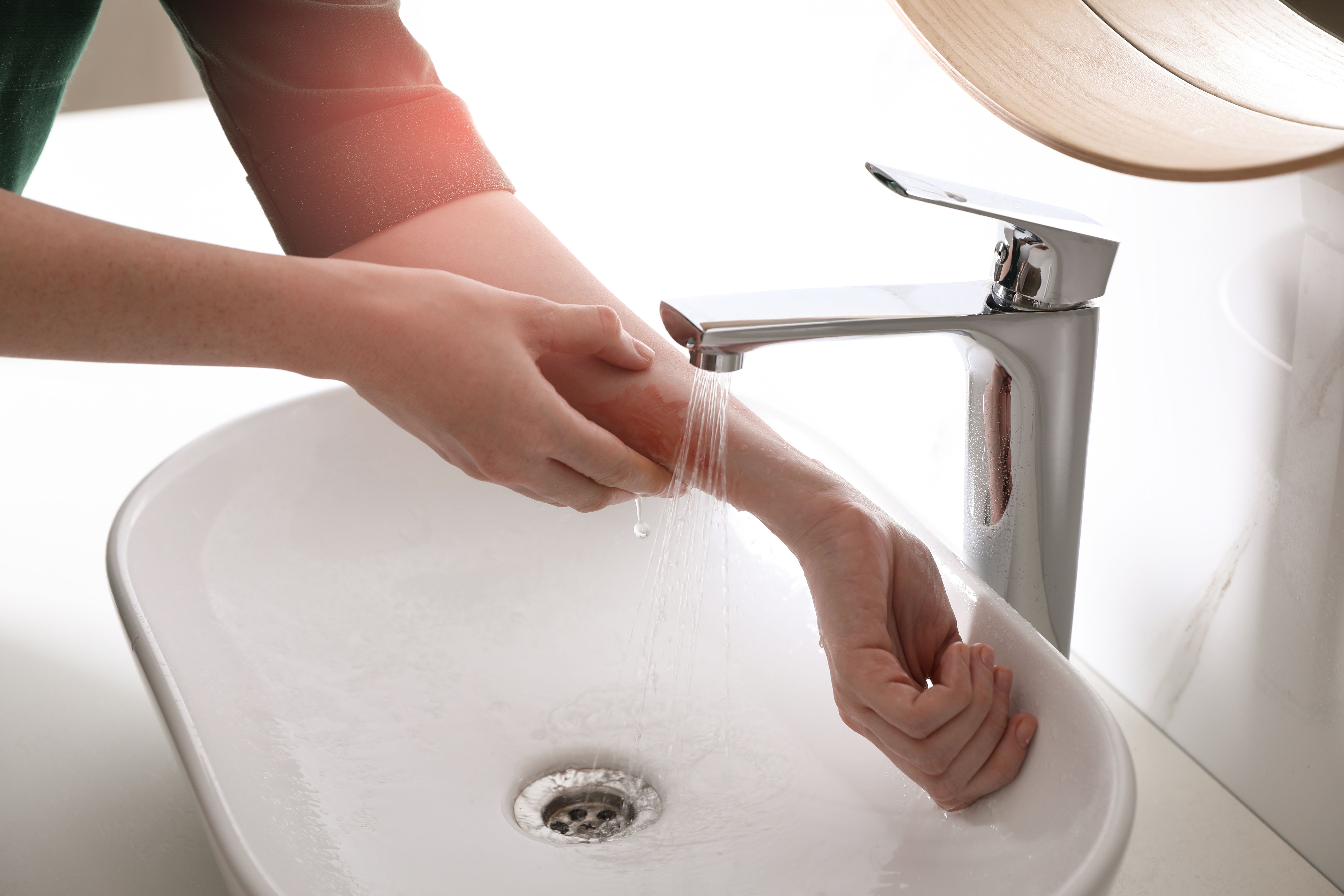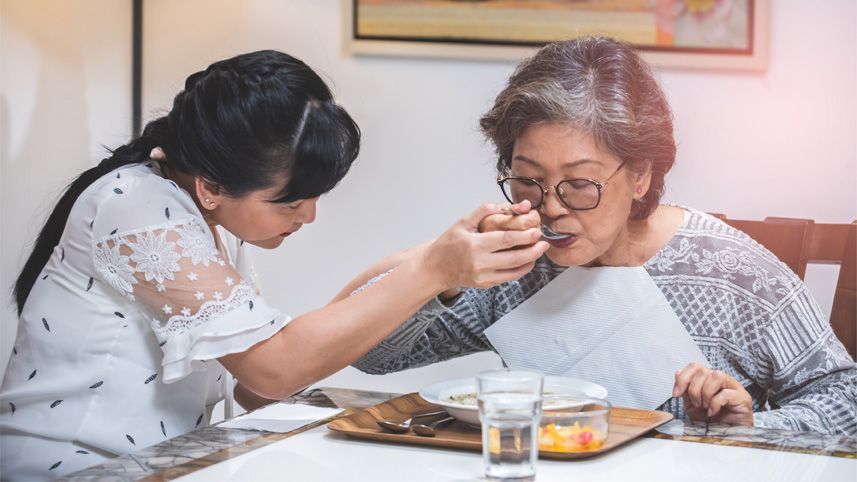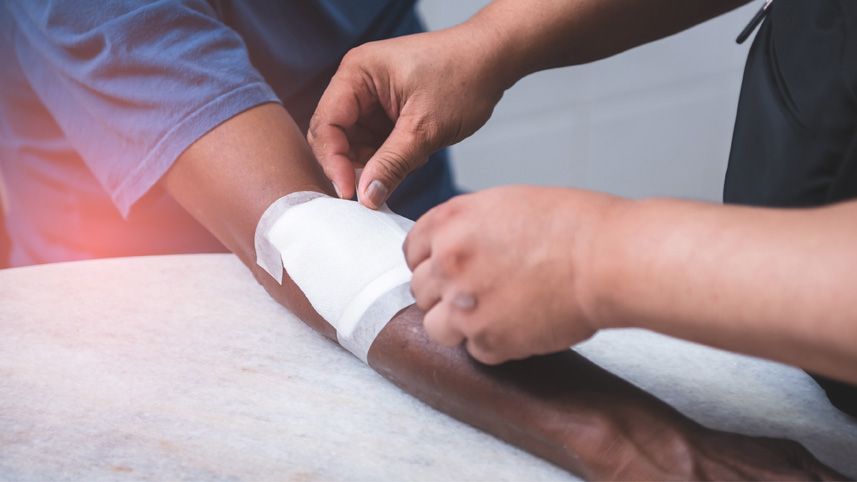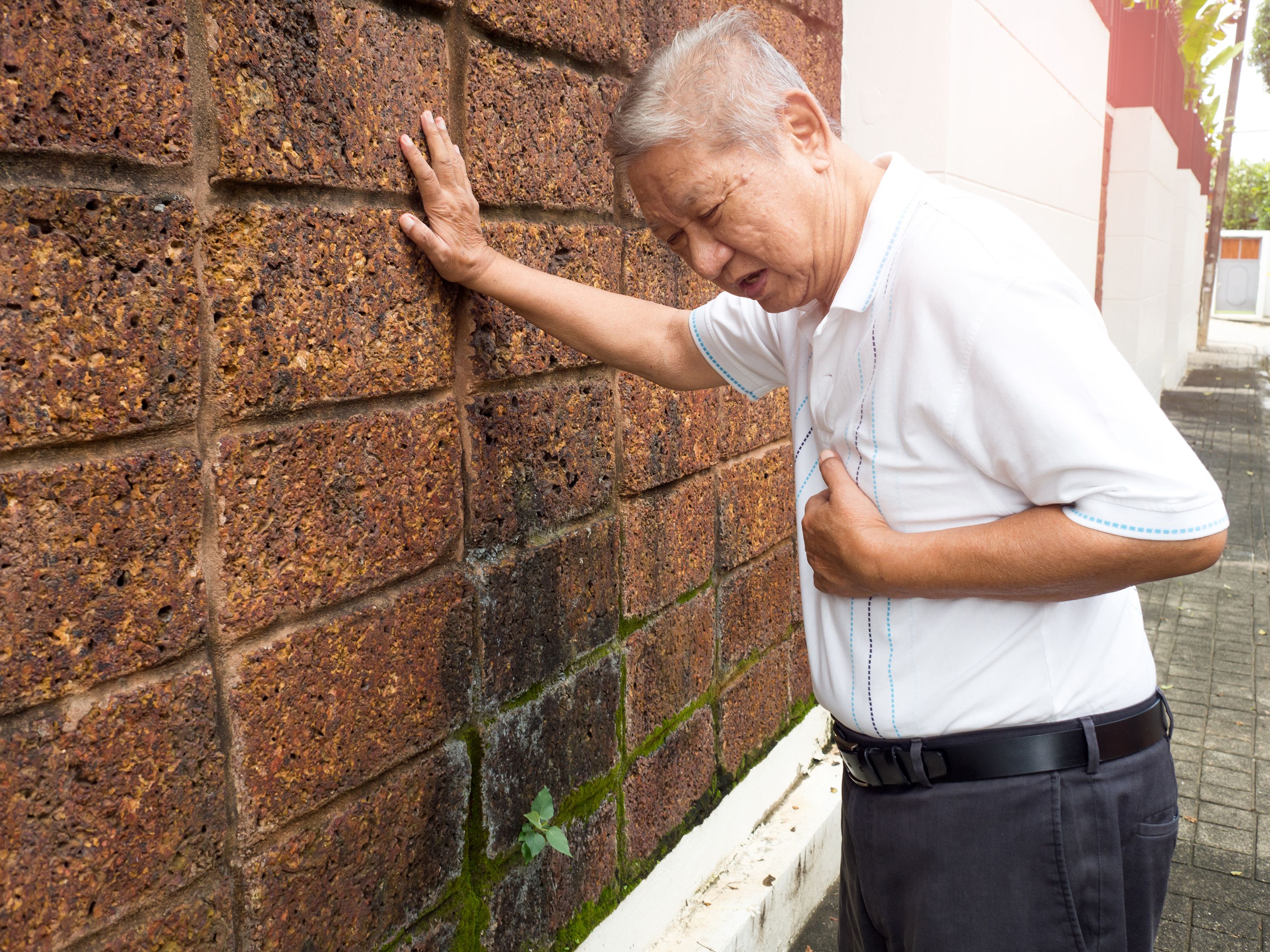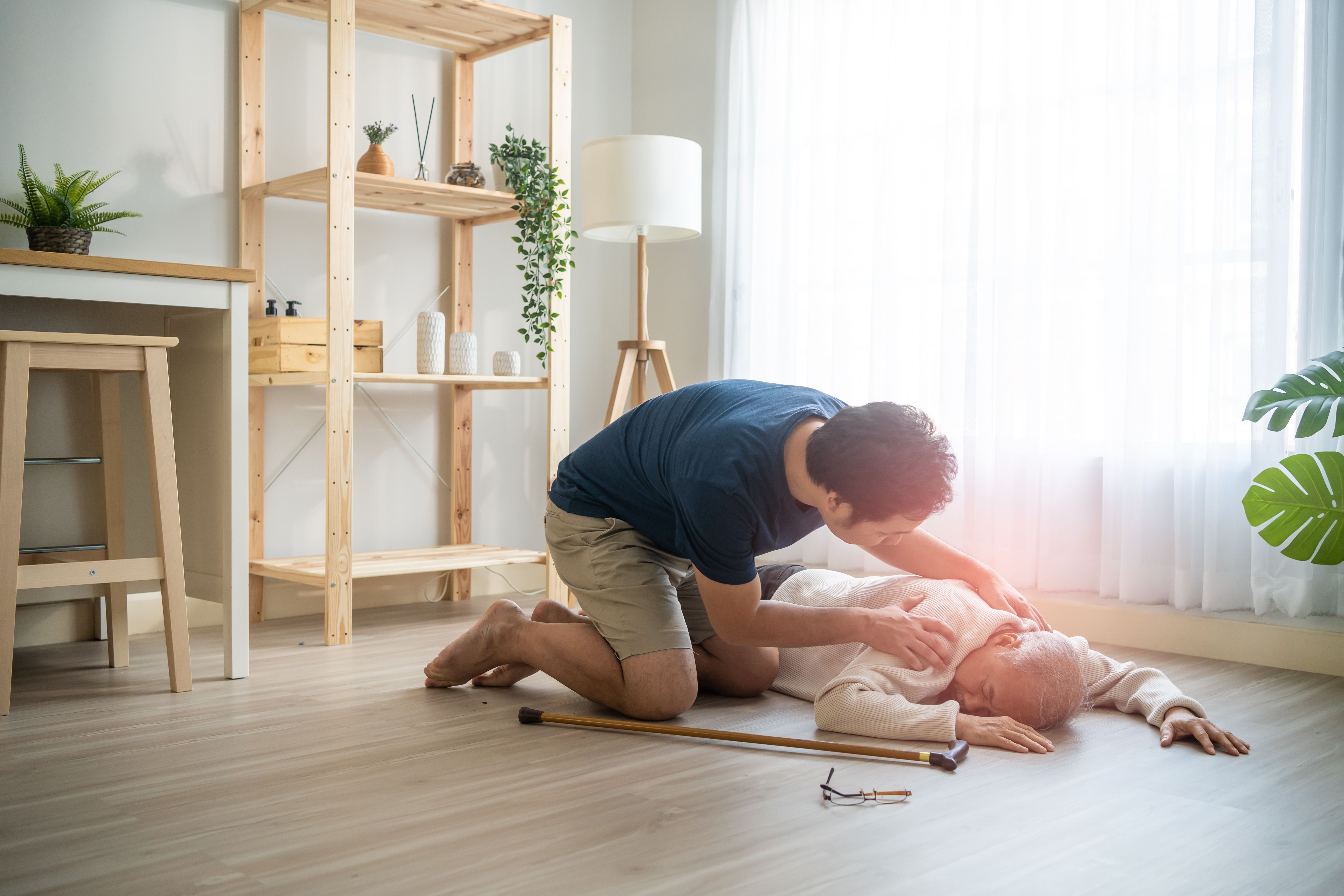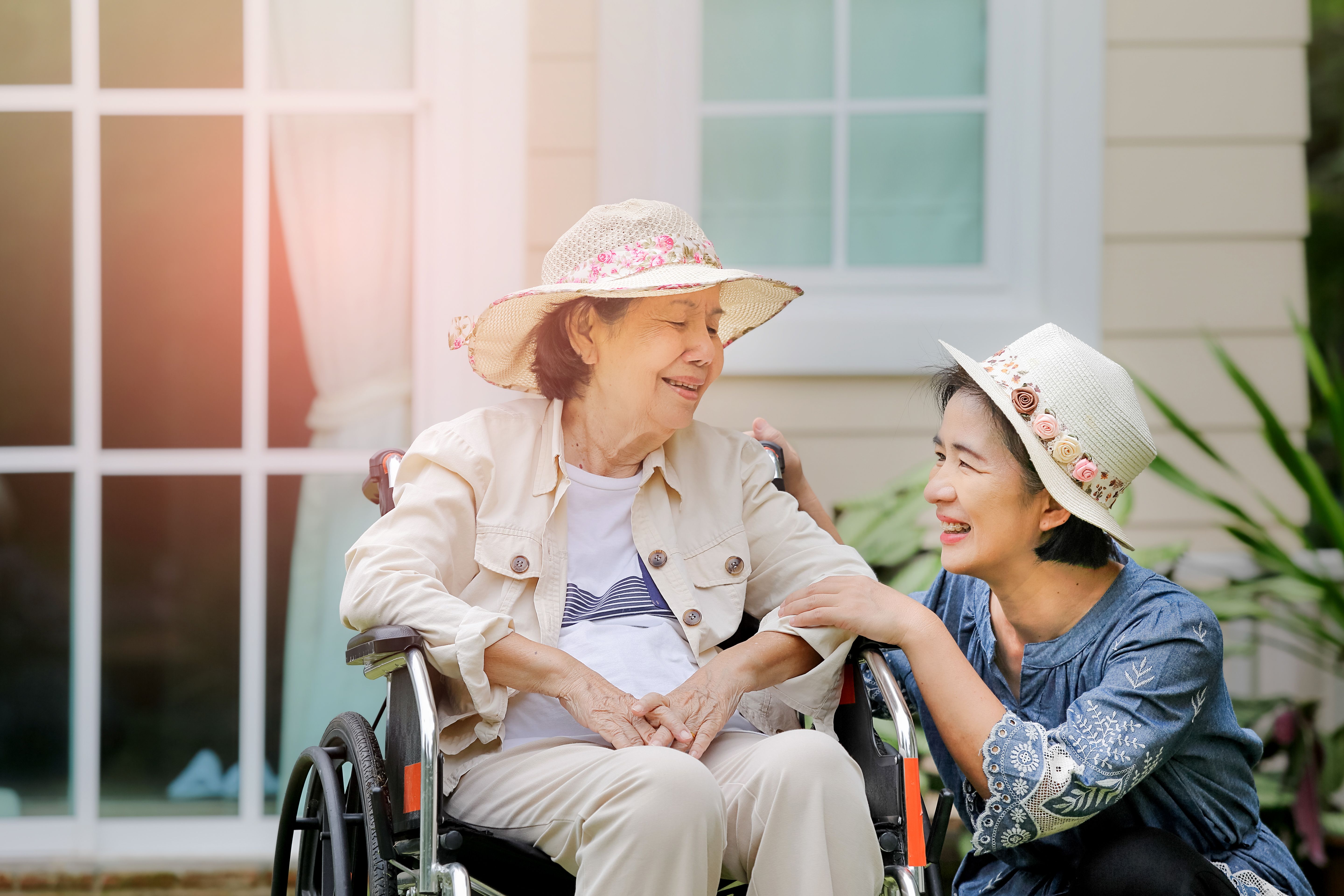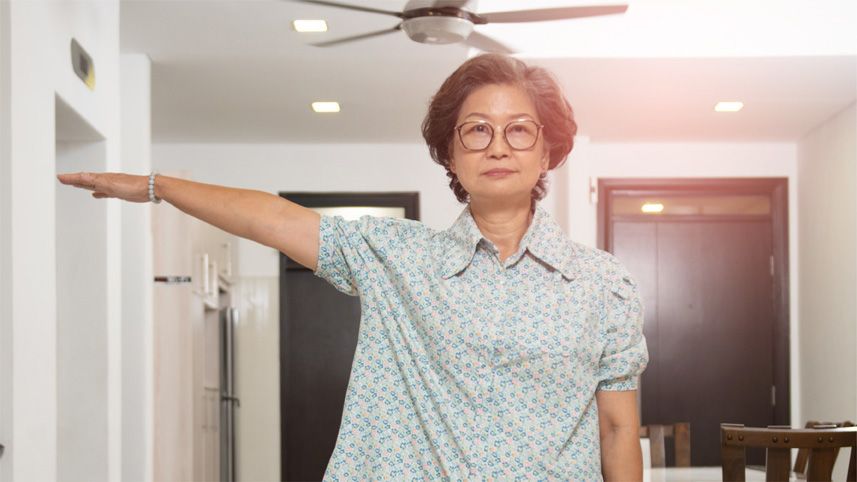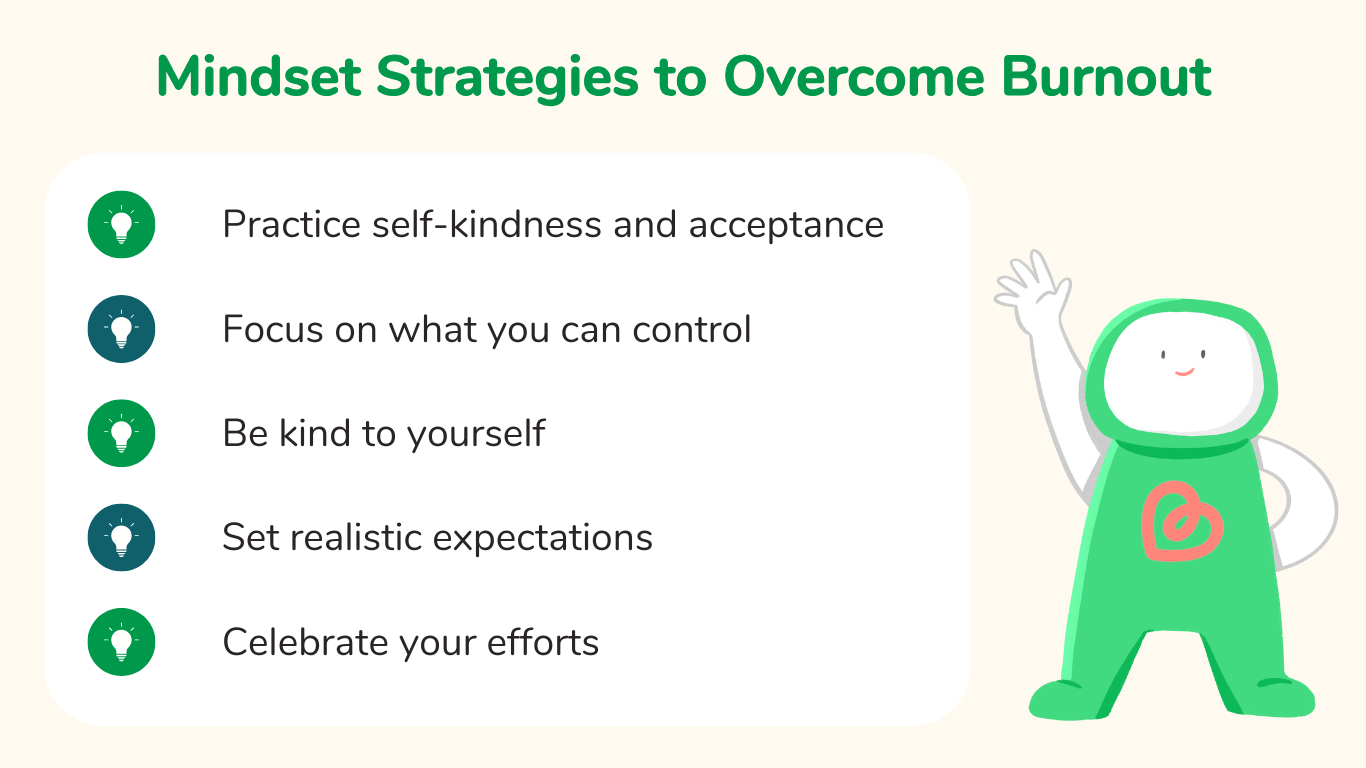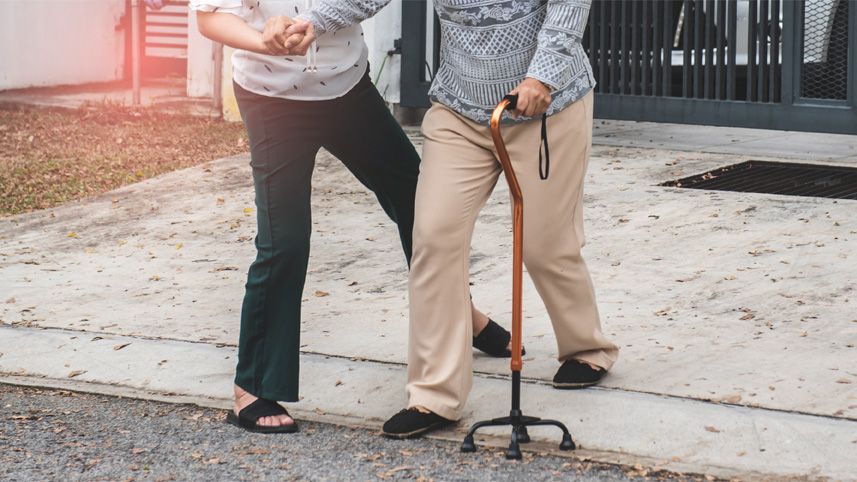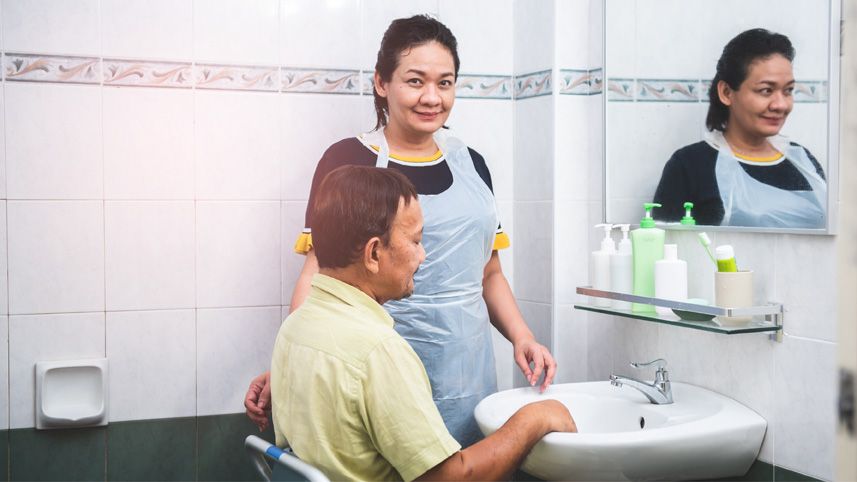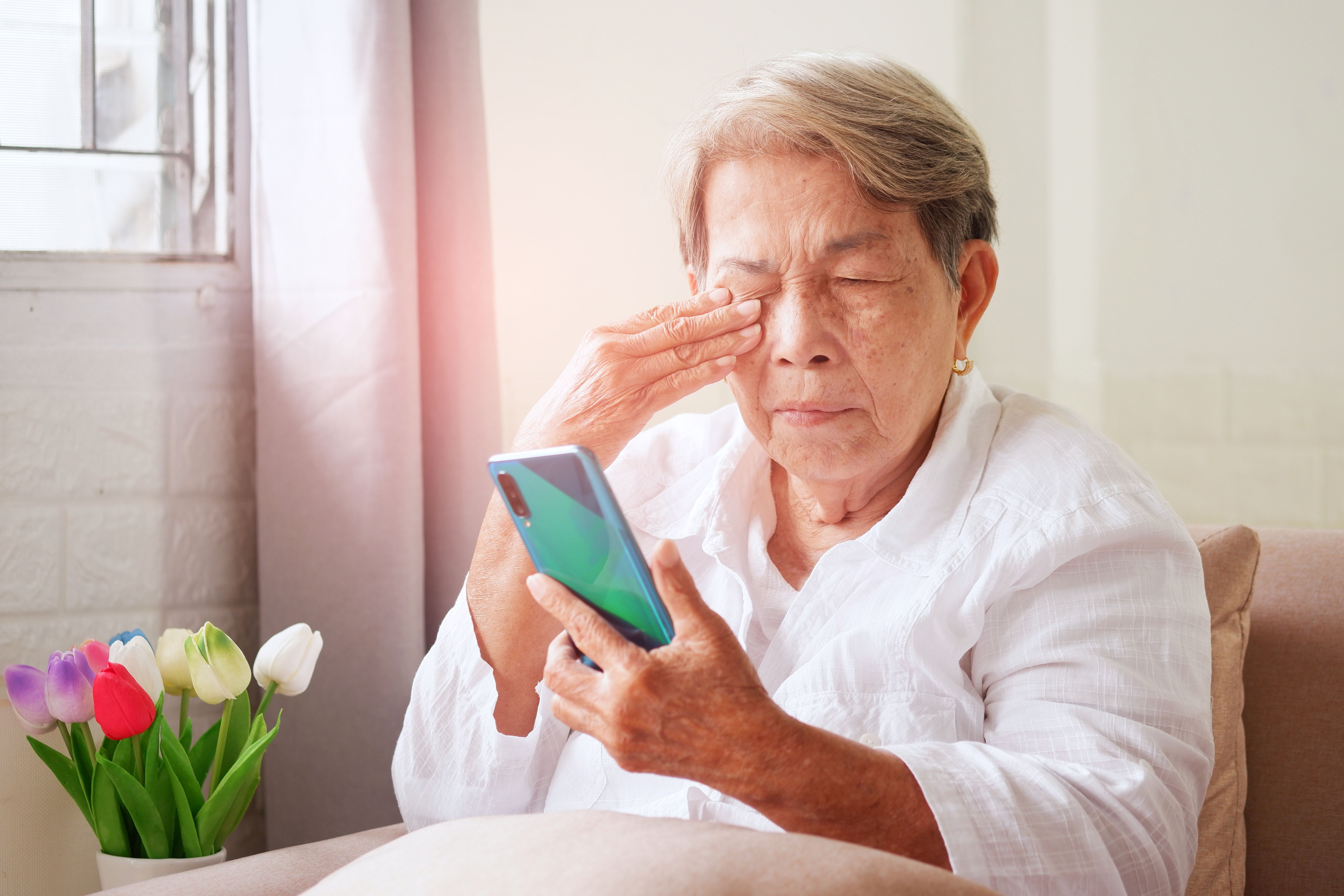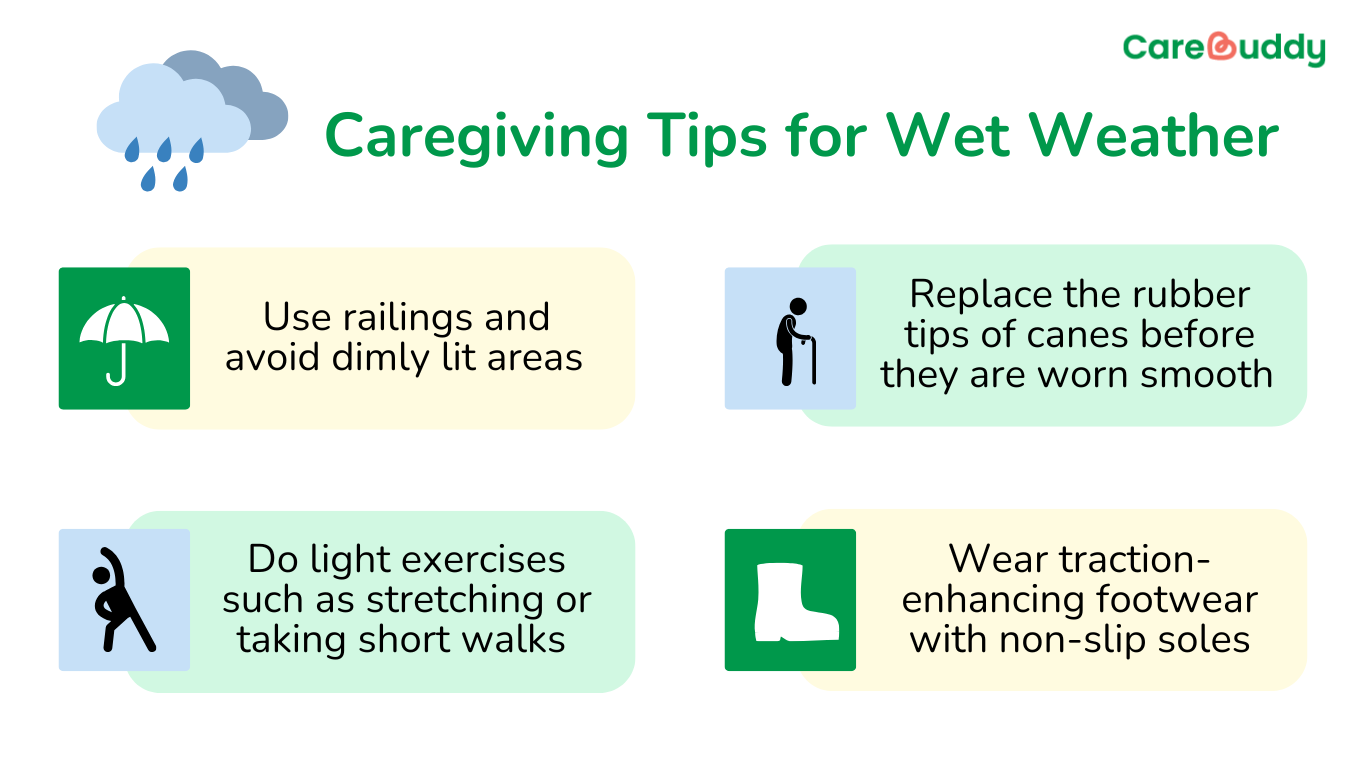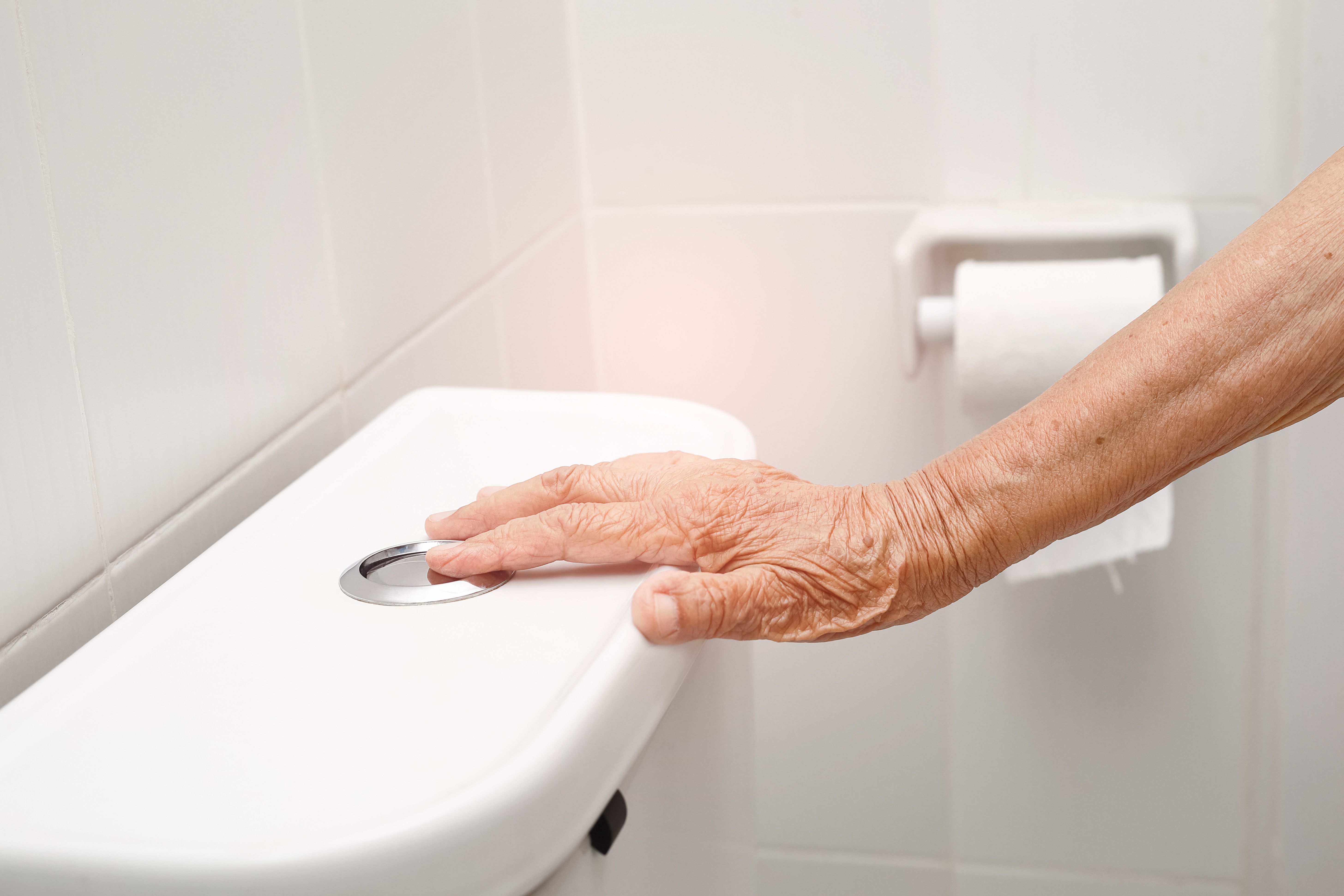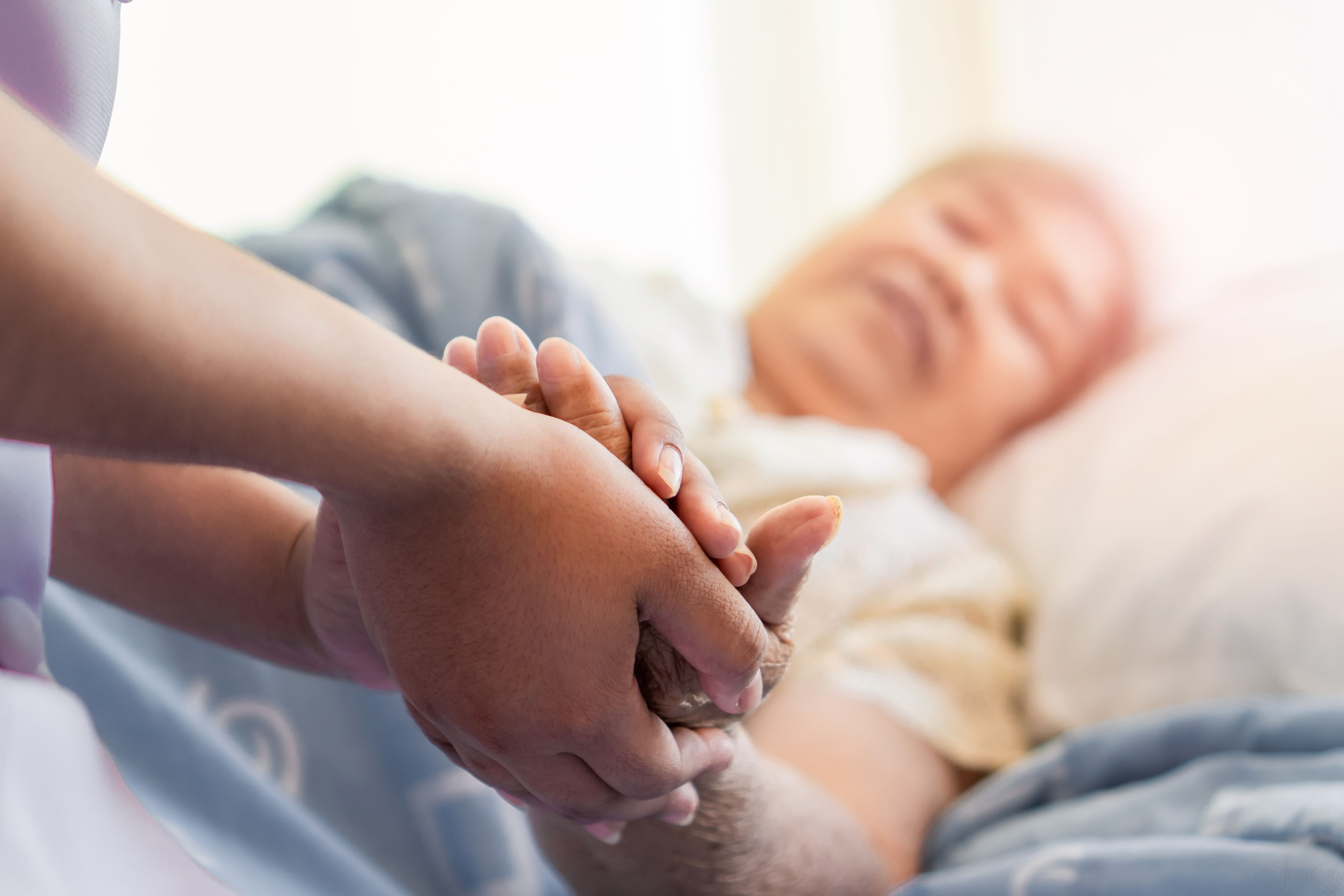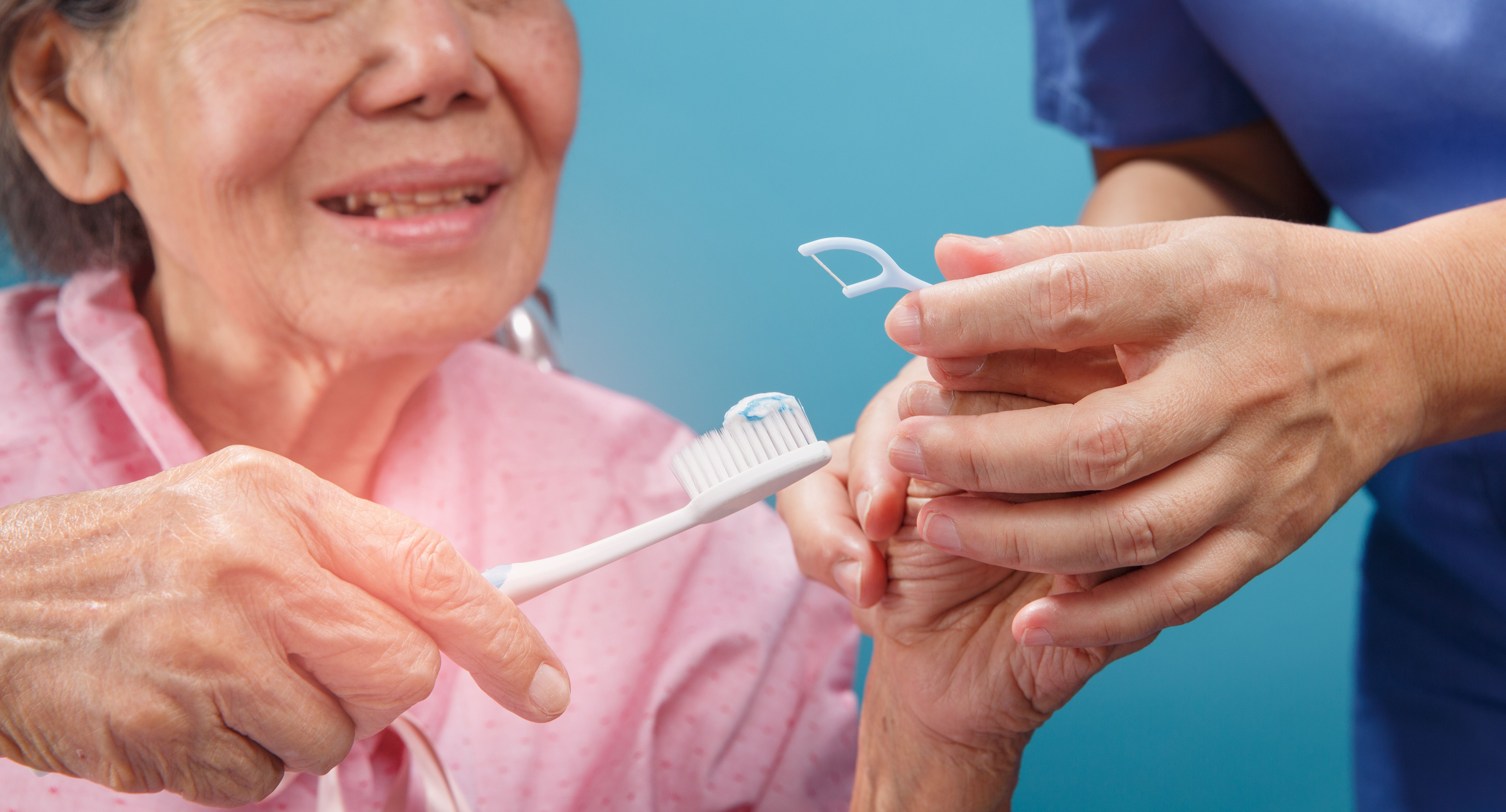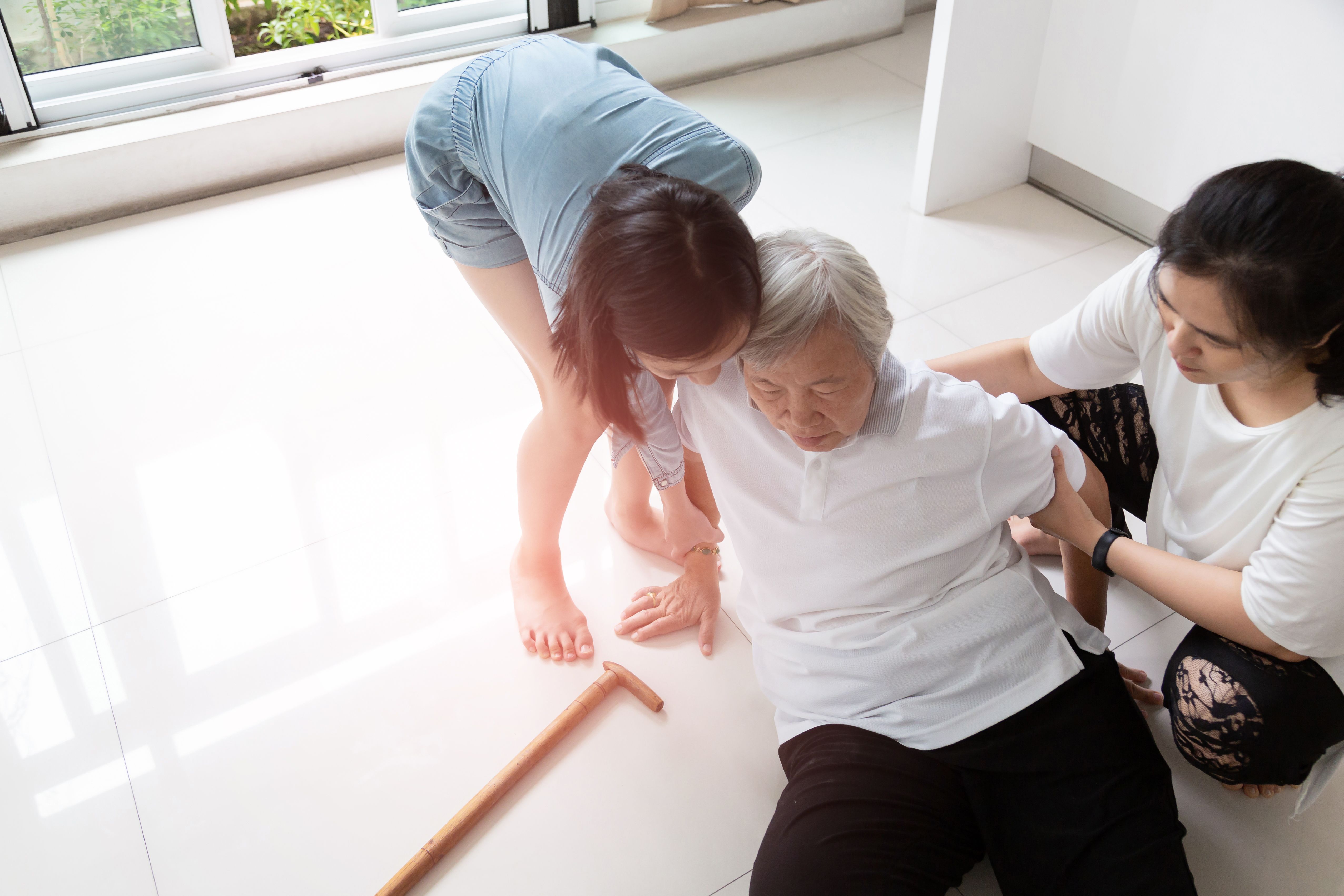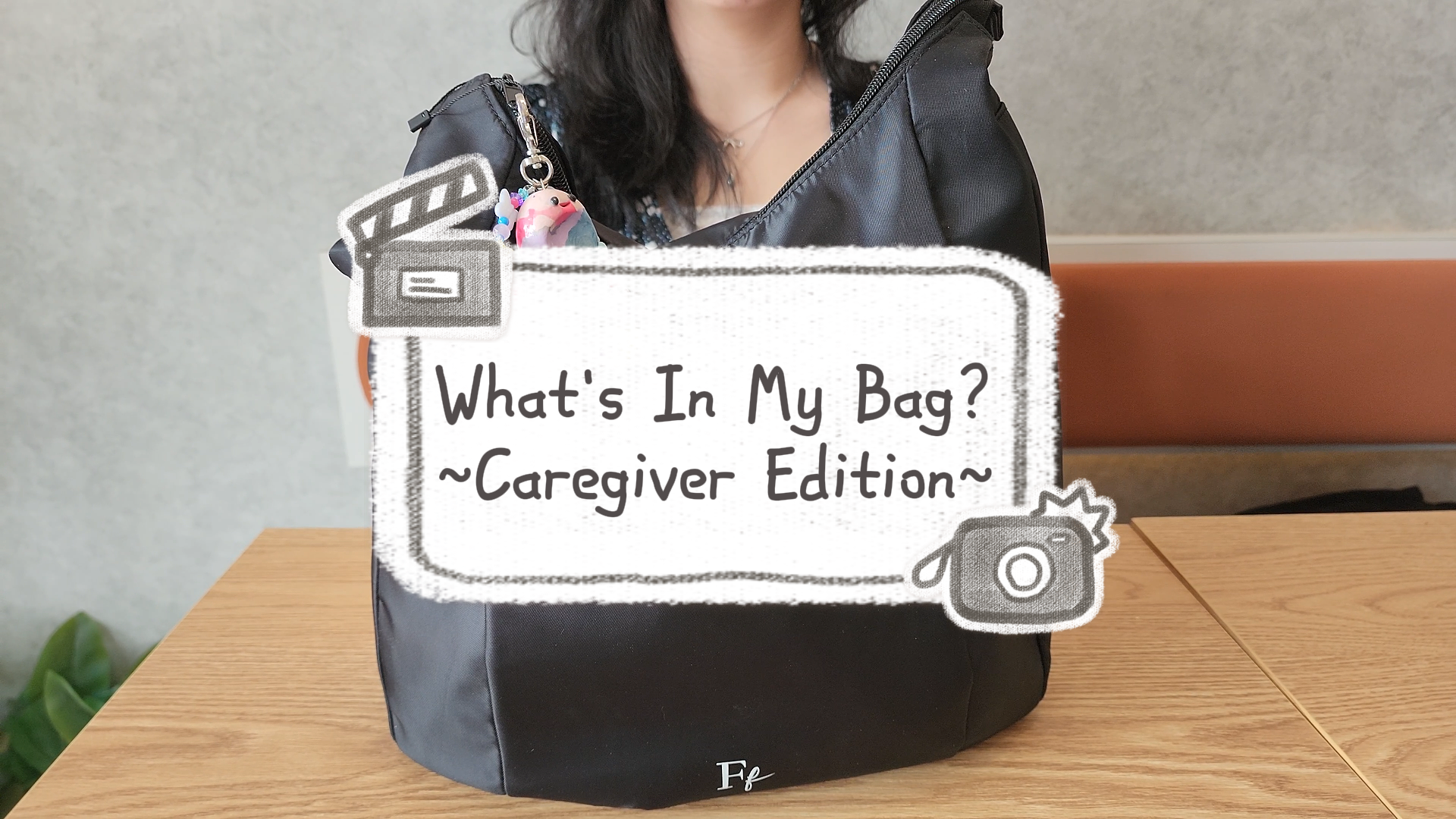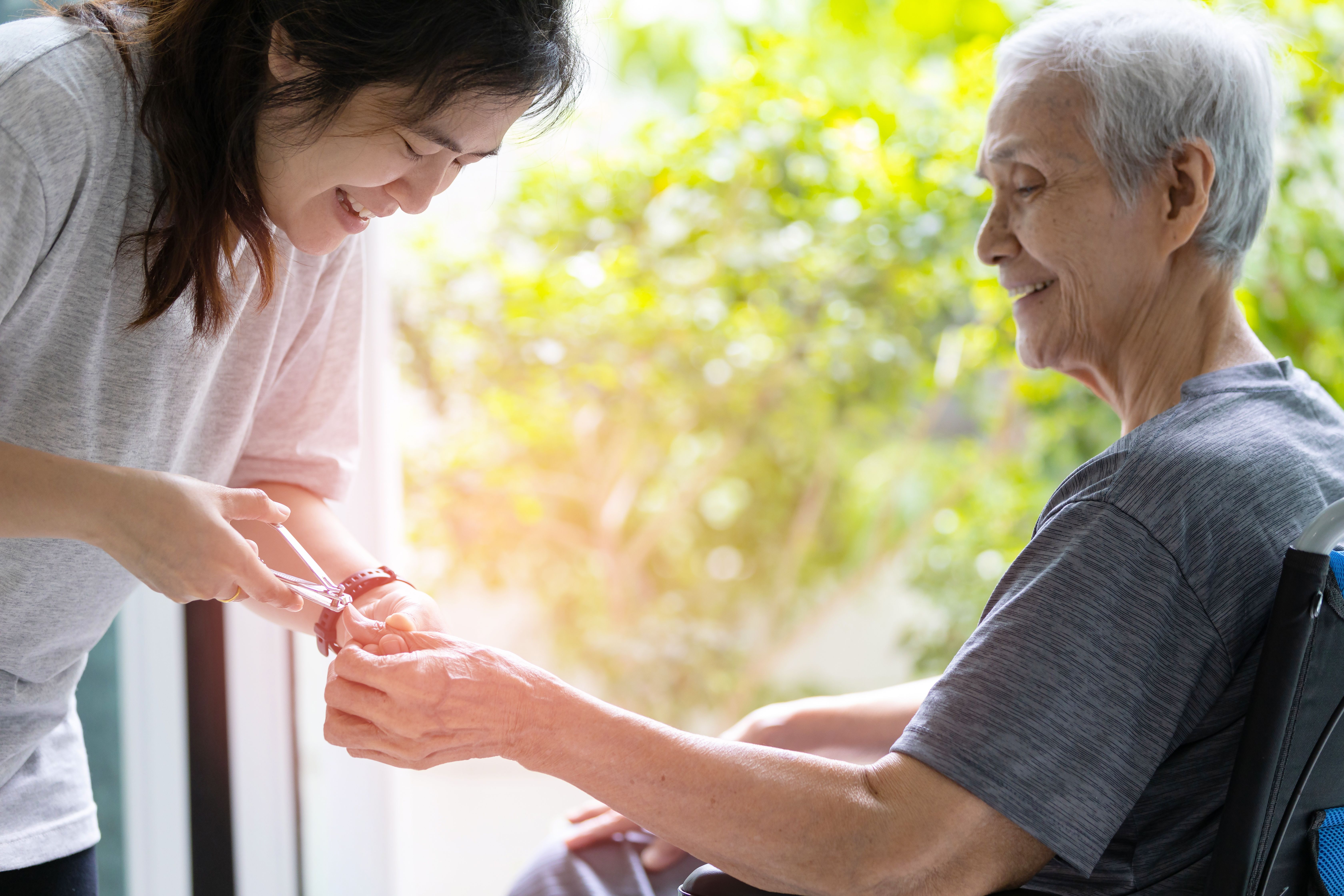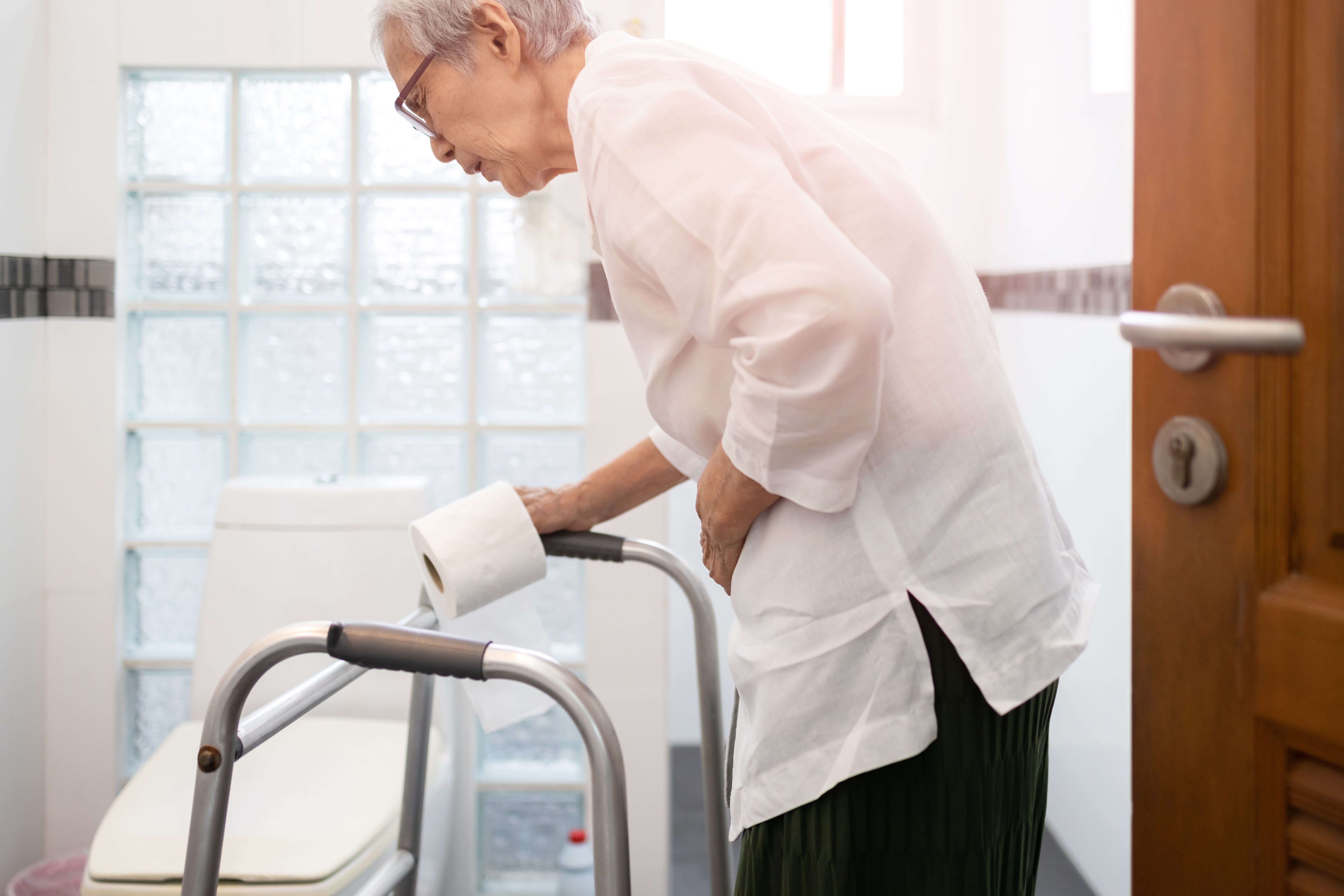When you look good, you feel good: Clothes and grooming of care receivers
- CareBuddy
- 4 Mins Read
- 21 Sep 2022
- Elderly Care
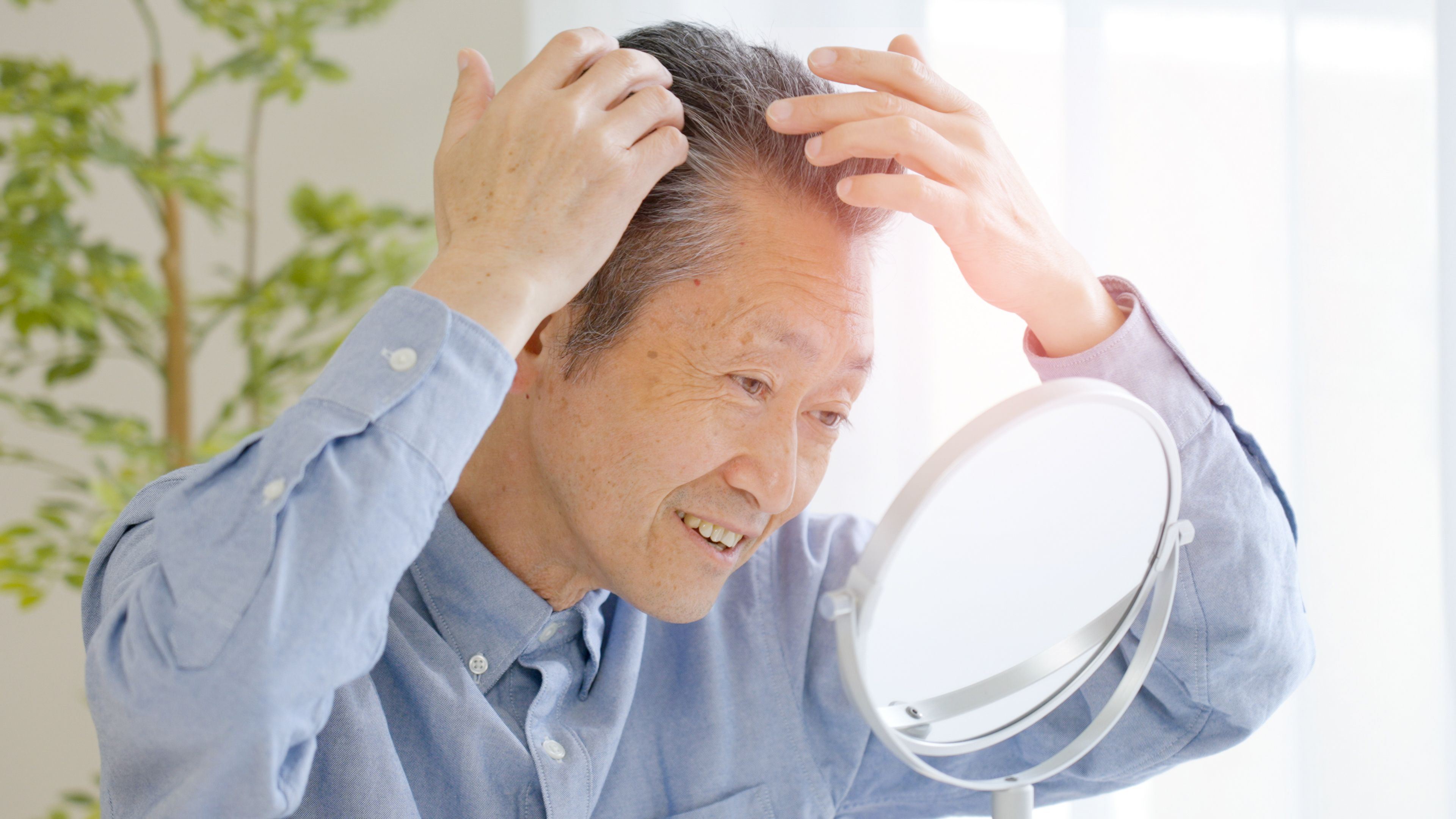
A caregiver’s responsibility doesn’t just end with providing for the physical needs of the care receiver. It also extends to mental and emotional aspects of their well-being such as self-esteem and will to live. Clothes and personal grooming are important factors in these.
Clothes
A care receiver’s clothing choices often reflect how positive an attitude they have towards their life in general. Thus, a caregiver’s responsibility becomes twofold:
- As far as possible, caregivers should help the care receiver choose clothes that help them express their individuality and reflect their tastes as they’ve been throughout their lives, before their injury or illness.
- Caregivers also need to gauge the care receiver’s will to live through the effort they put in to dress well, and any change in these effort levels.
Personal grooming
Just like clothes, the level of thought and effort a care receiver puts into their personal grooming reflects their mood, self-esteem and will to live. As such, a caregiver has the same two responsibilities:
- Help the care receiver with various aspects of their personal grooming.
- Gauge their overall morale and mental health by observing how much importance they attach to personal grooming.
Aspects of personal grooming a caregiver might assist a care receiver with include
- Haircare including washing, cutting and combing
- Skincare including washing, moisturizing and treating rashes
- Nail care
- Makeup
- Shaving
Steps to shave a male care receiver
Ensure that a male care receiver shaves regularly. This can be done before or after bath. If the care receiver is able to shave himself, encourage him to do so, as shaving provides good exercise for the arms.
If the care receiver is really unable to shave himself, the caregiver needs to do it step-by-step for him.
- Wet the face thoroughly with warm water.
- Apply shaving cream to the parts of the face that need to be shaved.
- Leave the lather in place for about half a minute to soften the moustache and/or beard.
- Pull the skin tight with the fingers of one hand. With your other hand, hold the razor at a 45-degree angle to the care receiver’s face and shave in the direction that the hair grows. Shave down on the face and up on the neck using short, firm strokes. Remember to rinse the razor in water often during the shave.
- If disposable razors are used, dispose the razors in a sharps container if it’s available, to ensure that used disposable razors don’t lie around and become a possible source of cuts and other injuries.
Article reviewed by David Tay, Senior Principal Educator (Nursing and Prehospital Care), HMI Institute.

